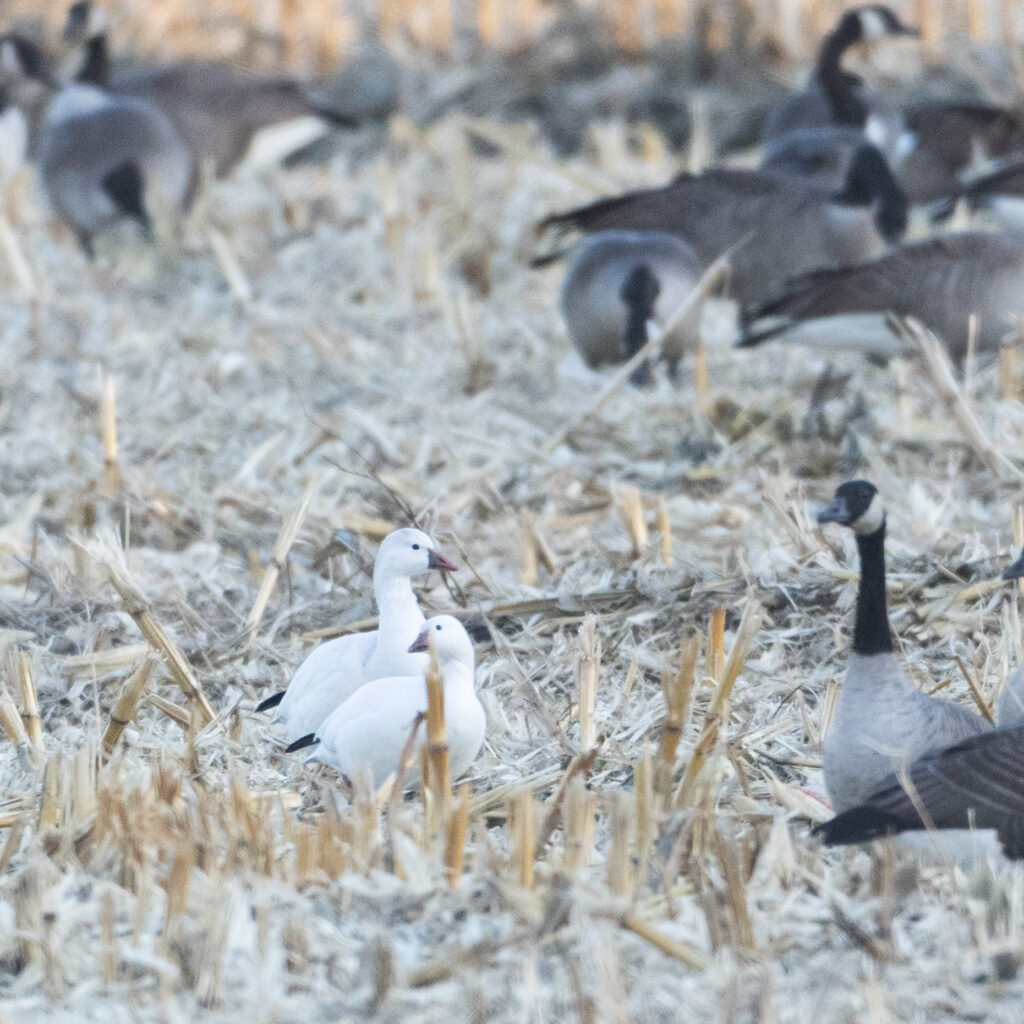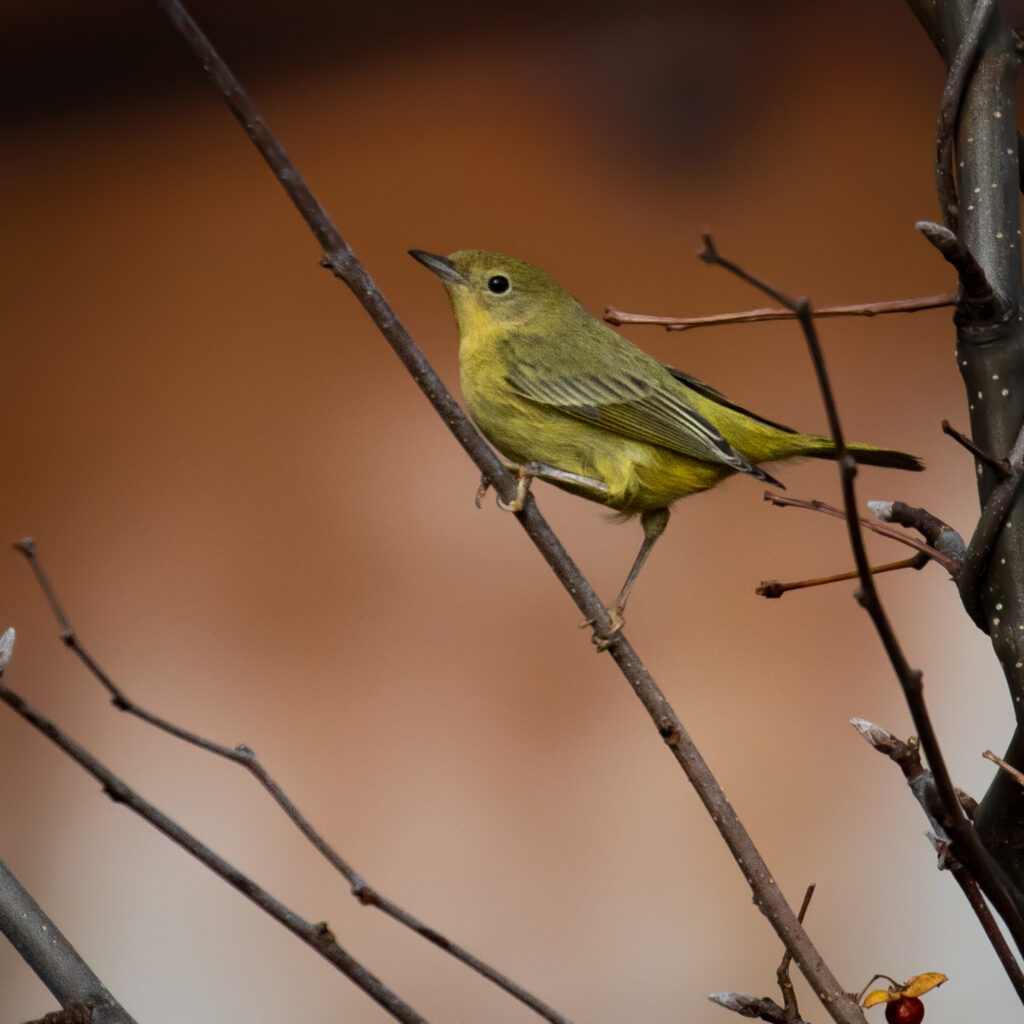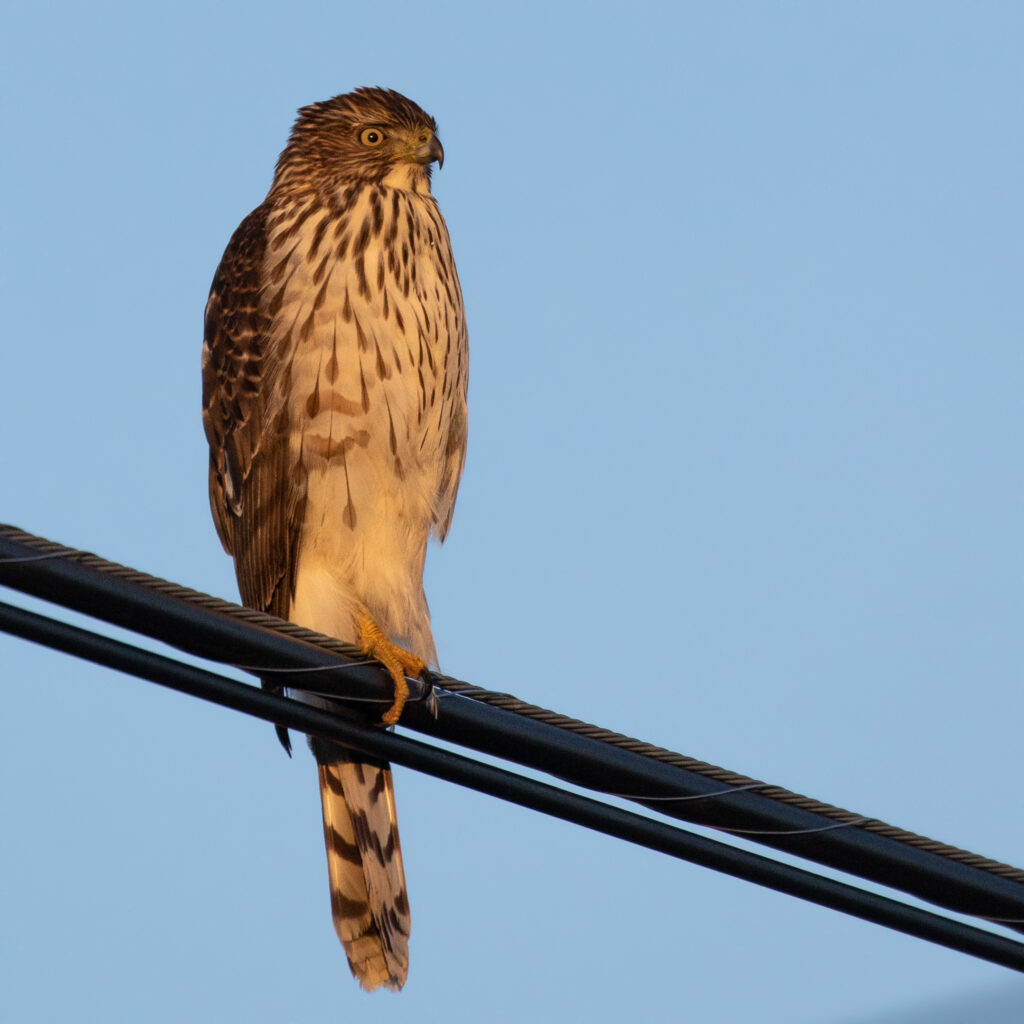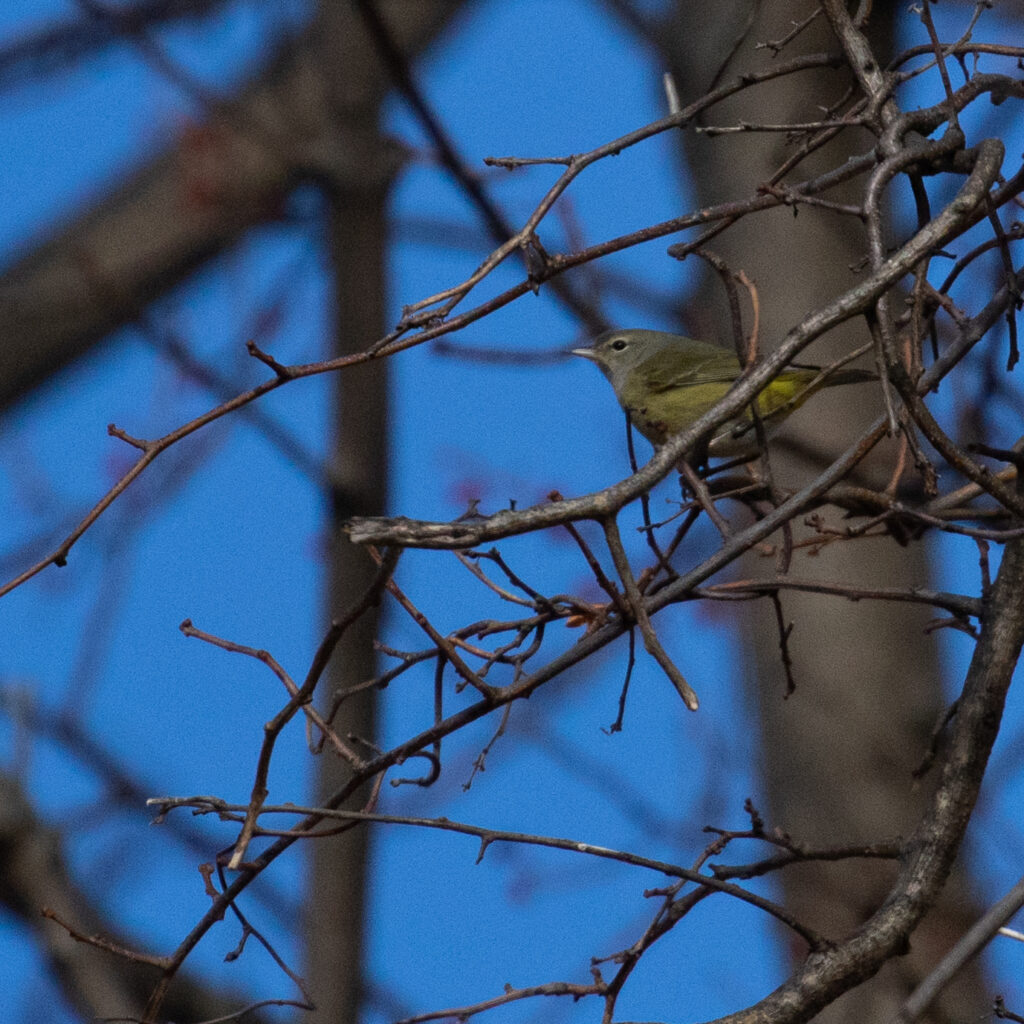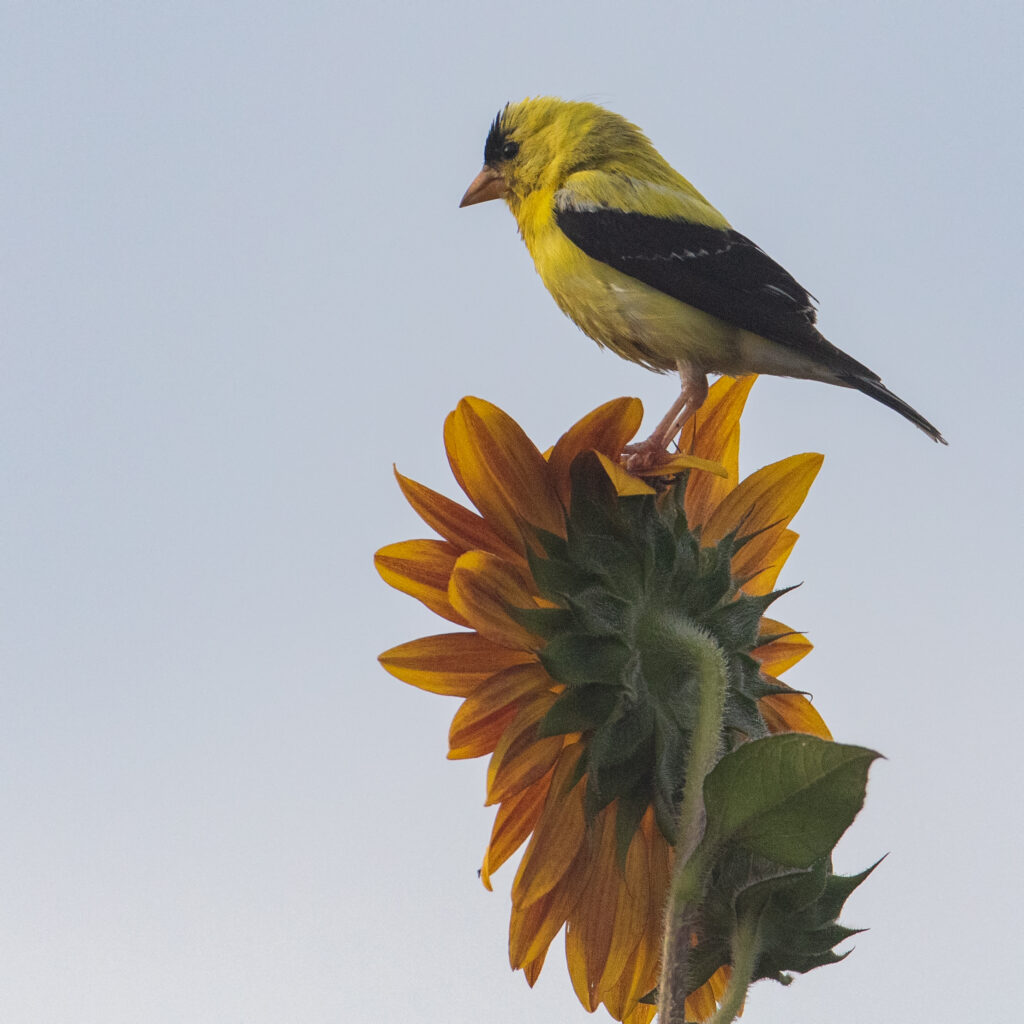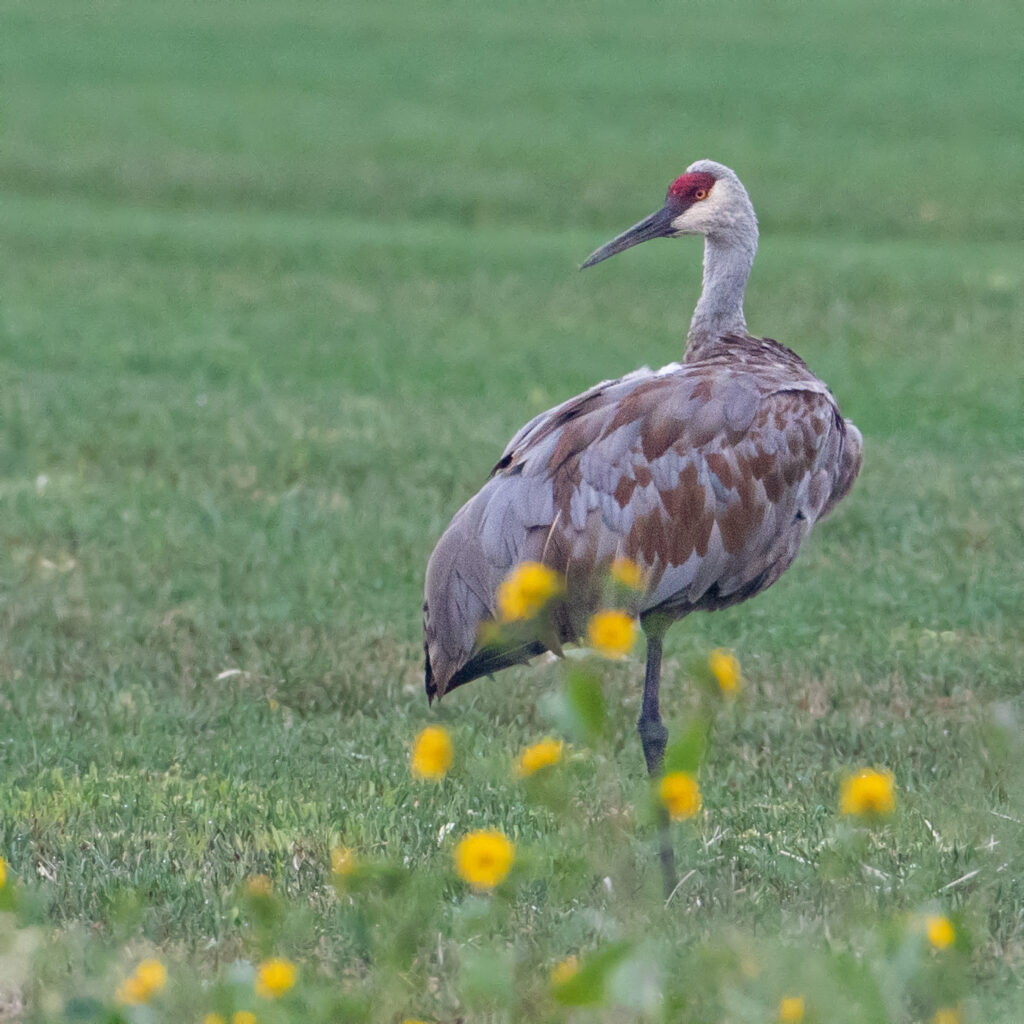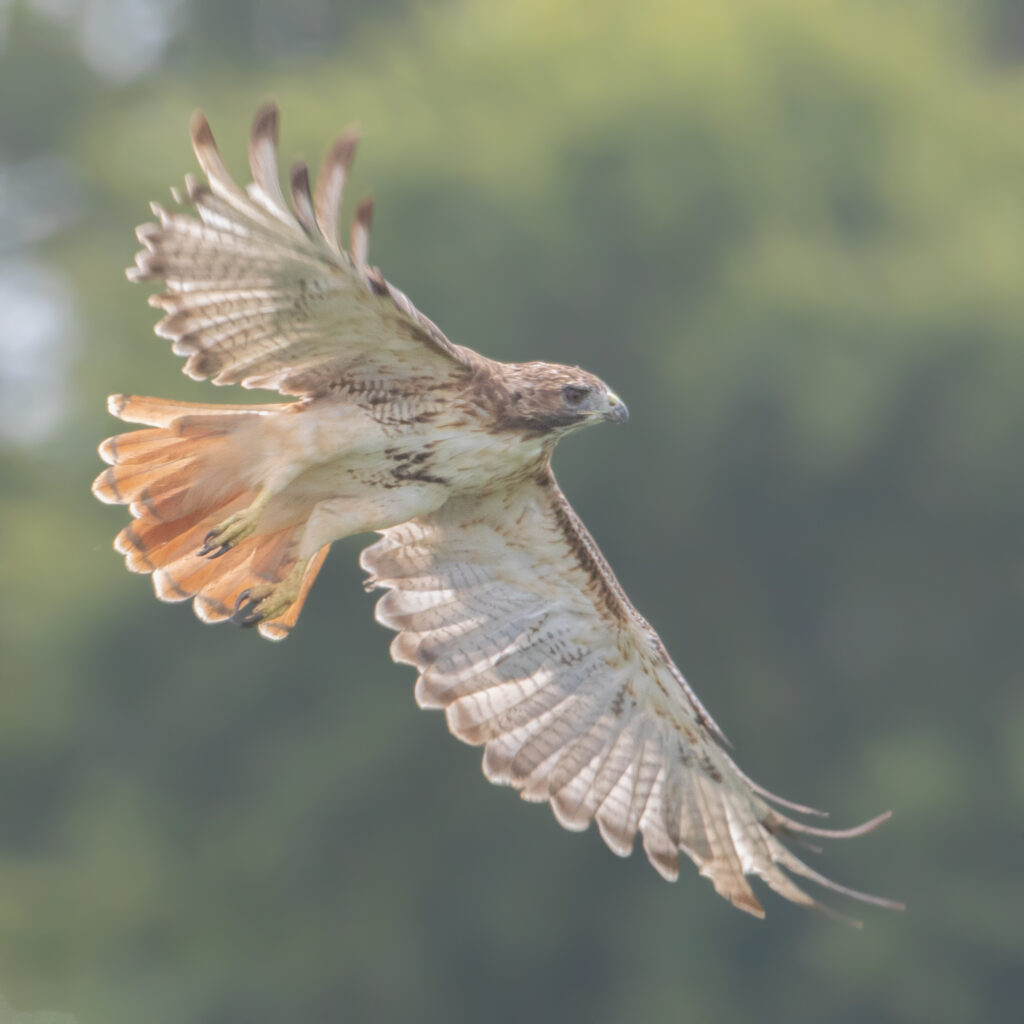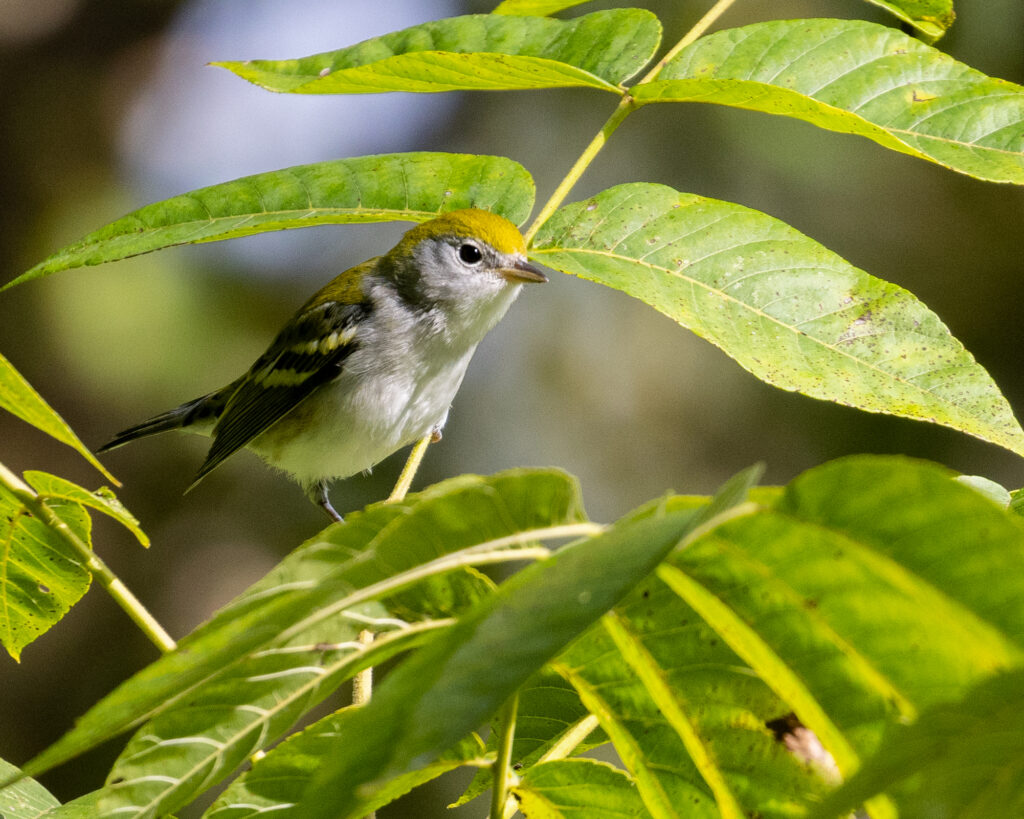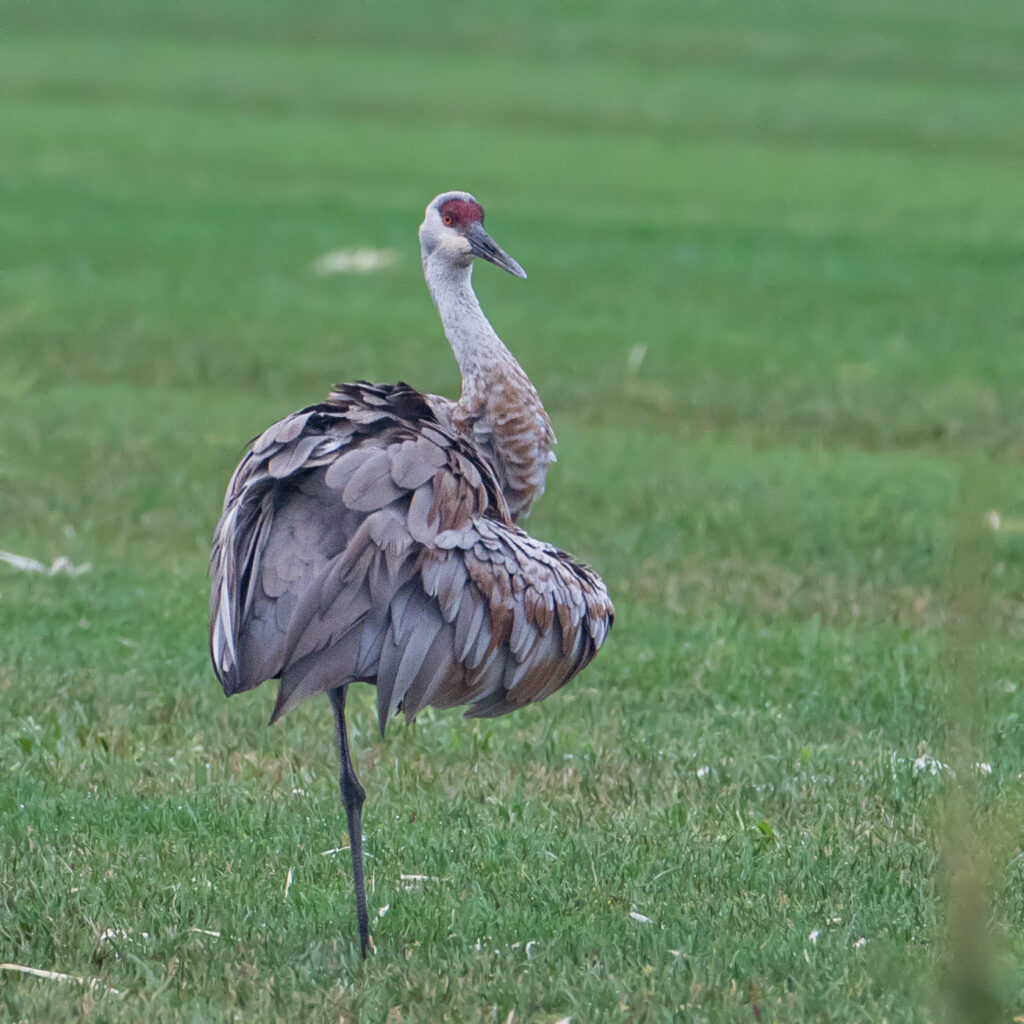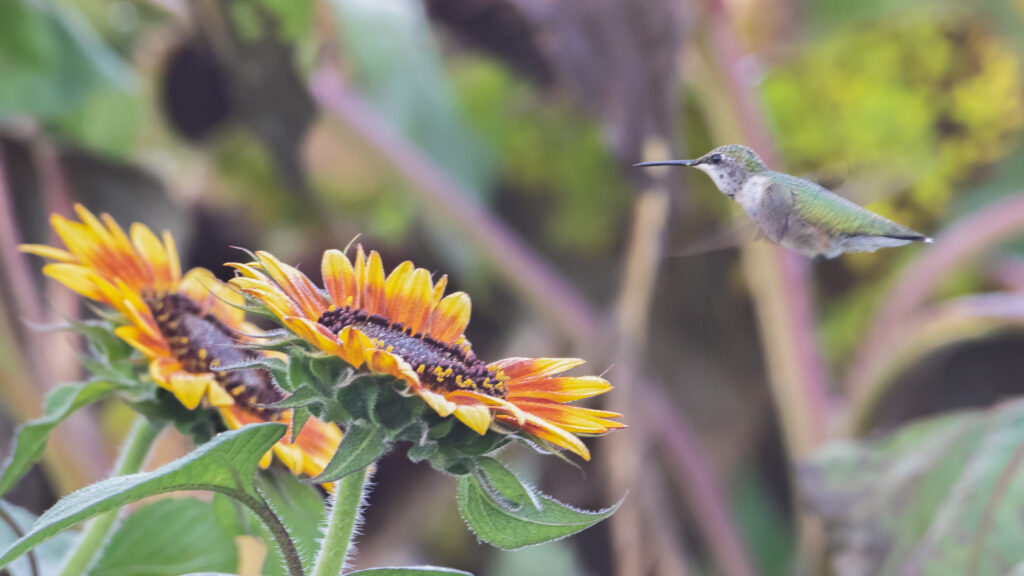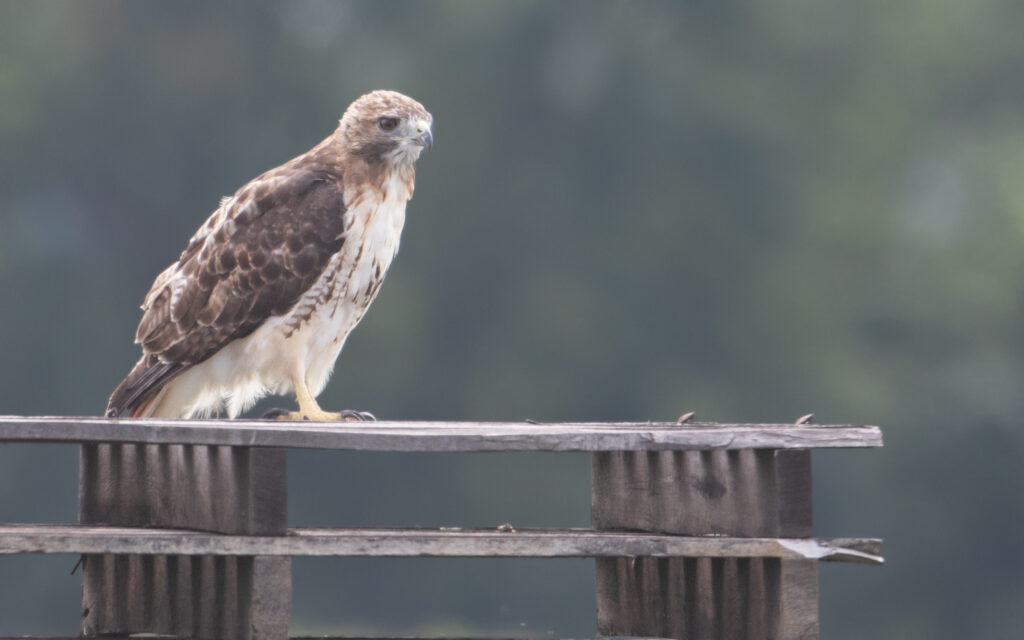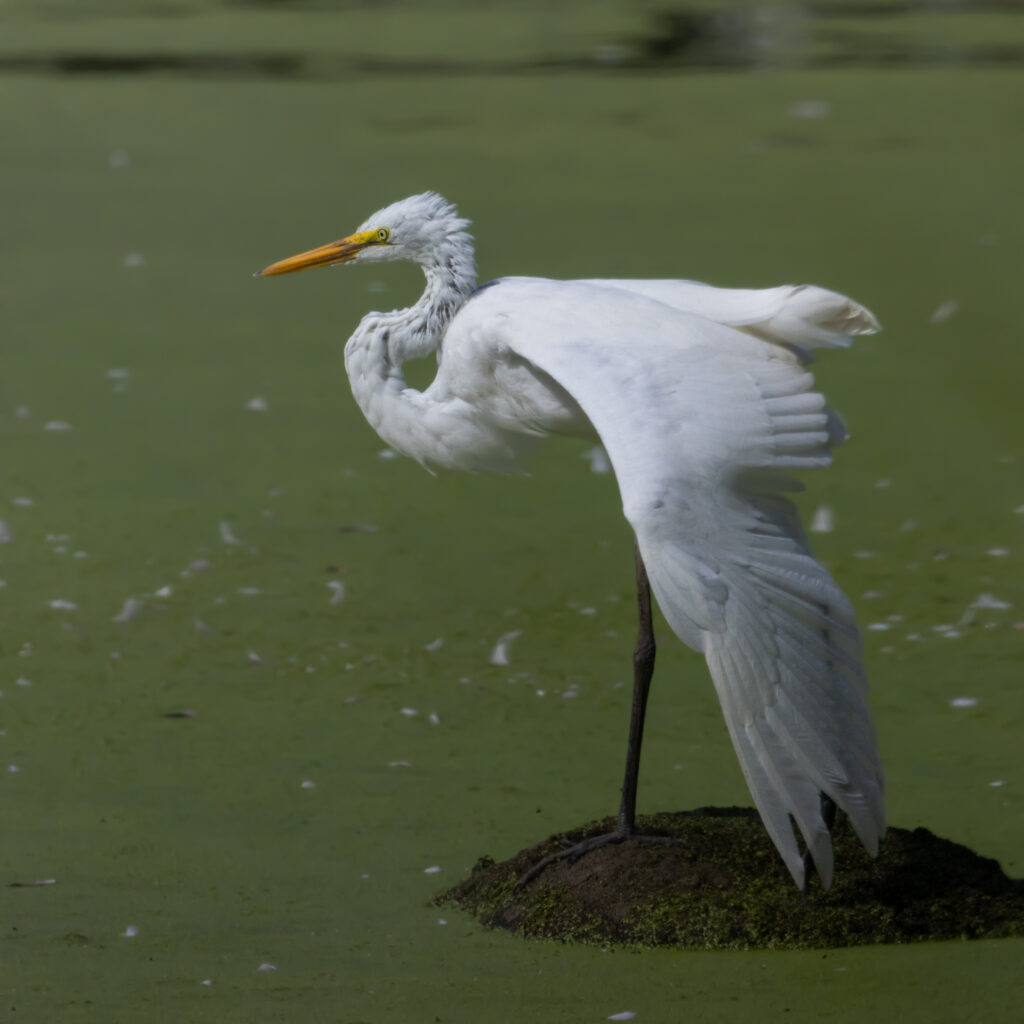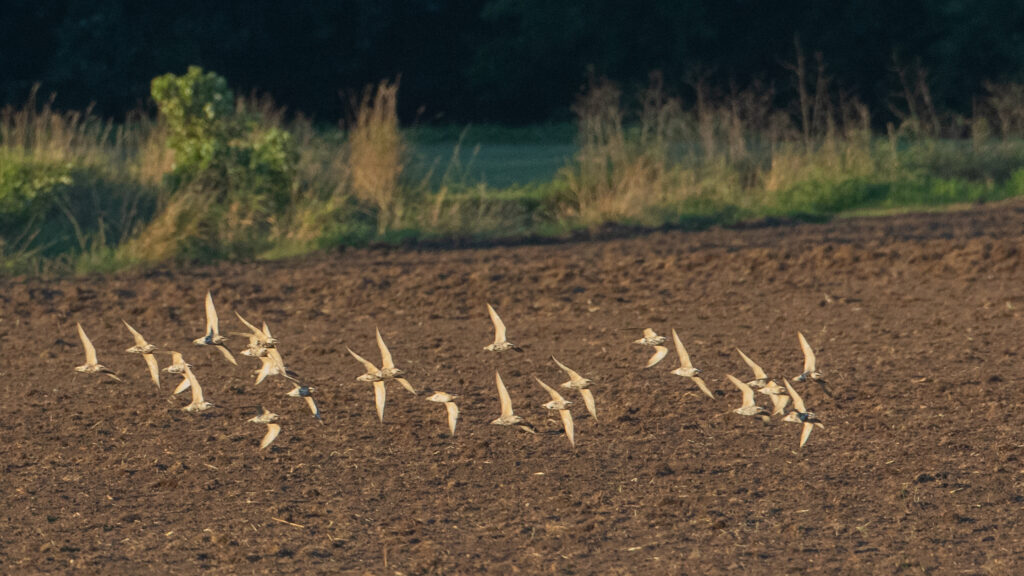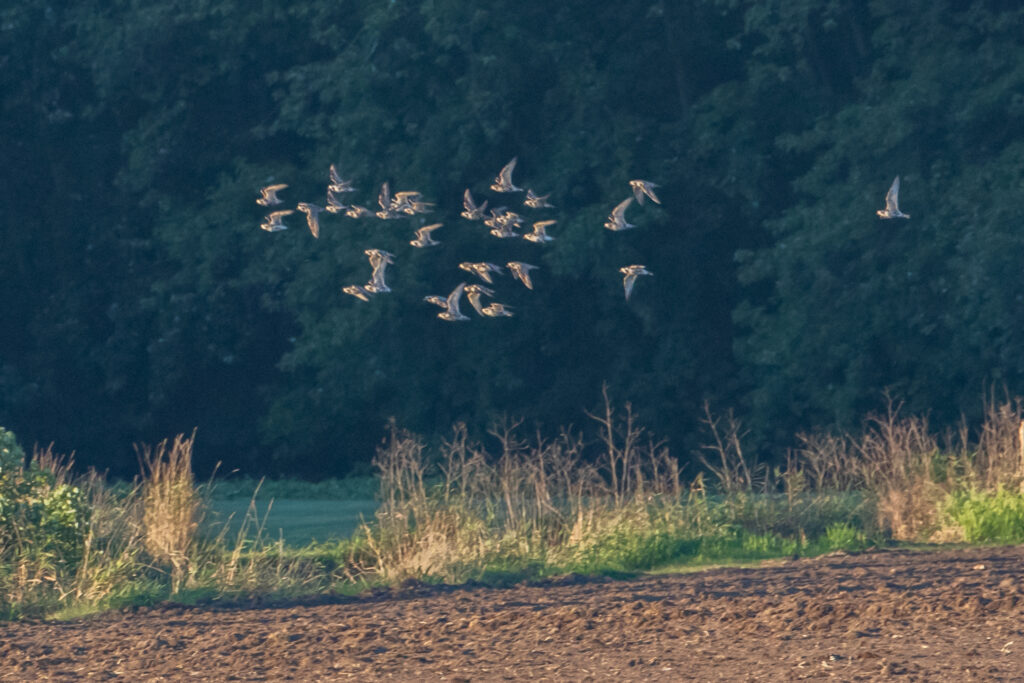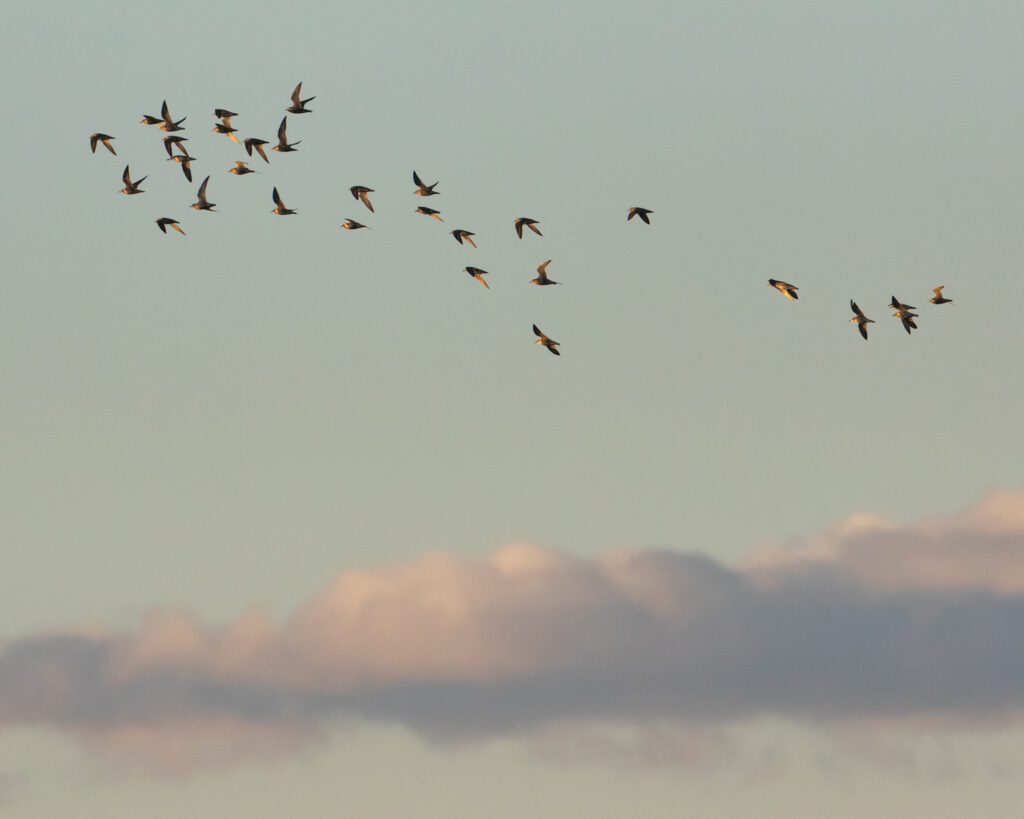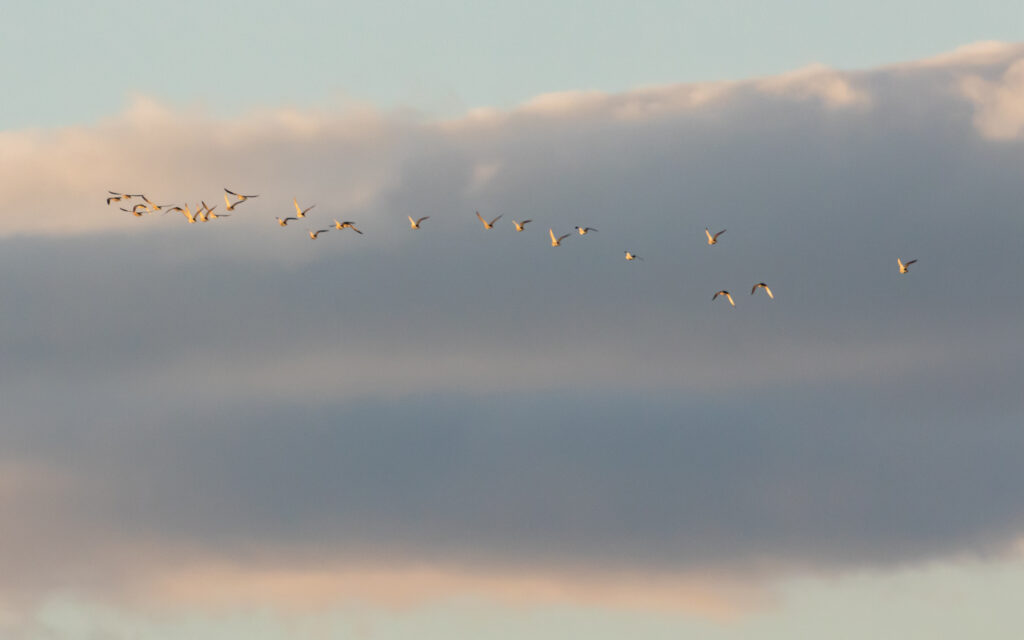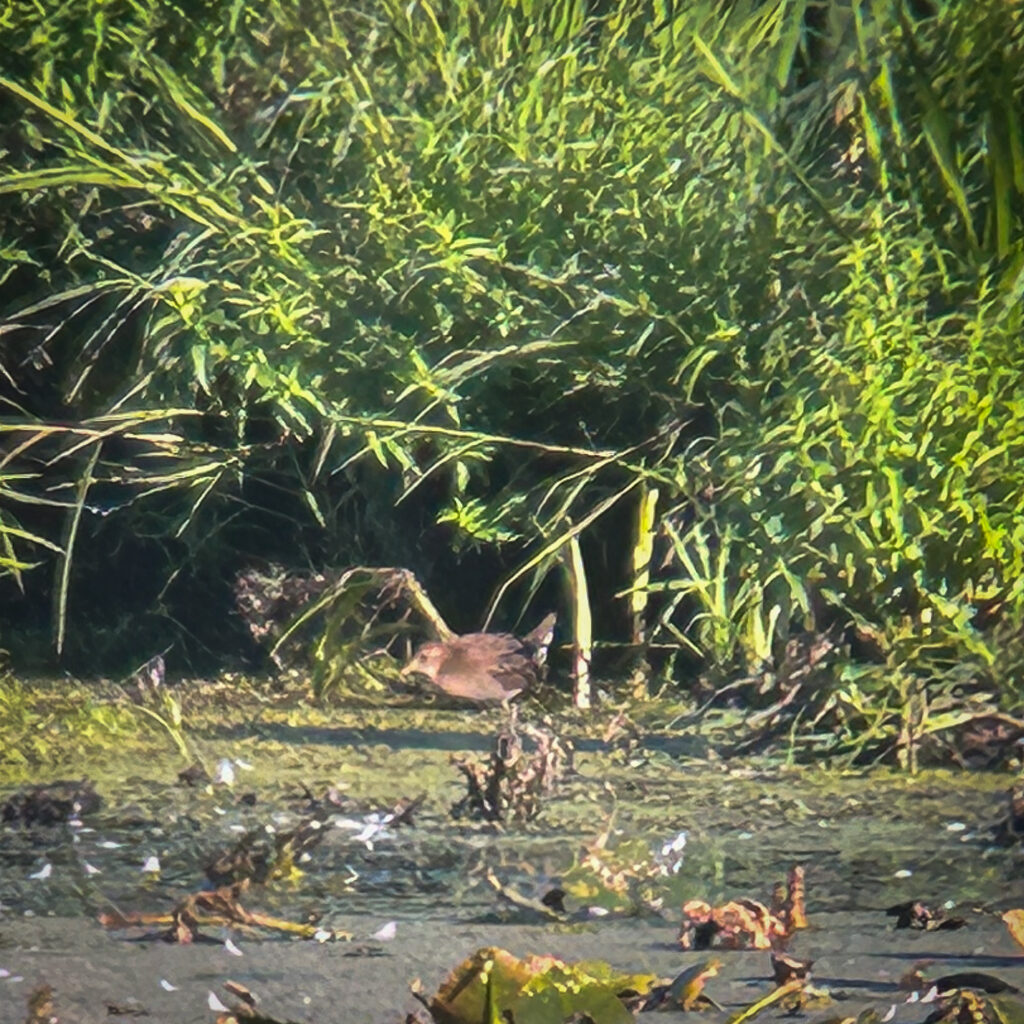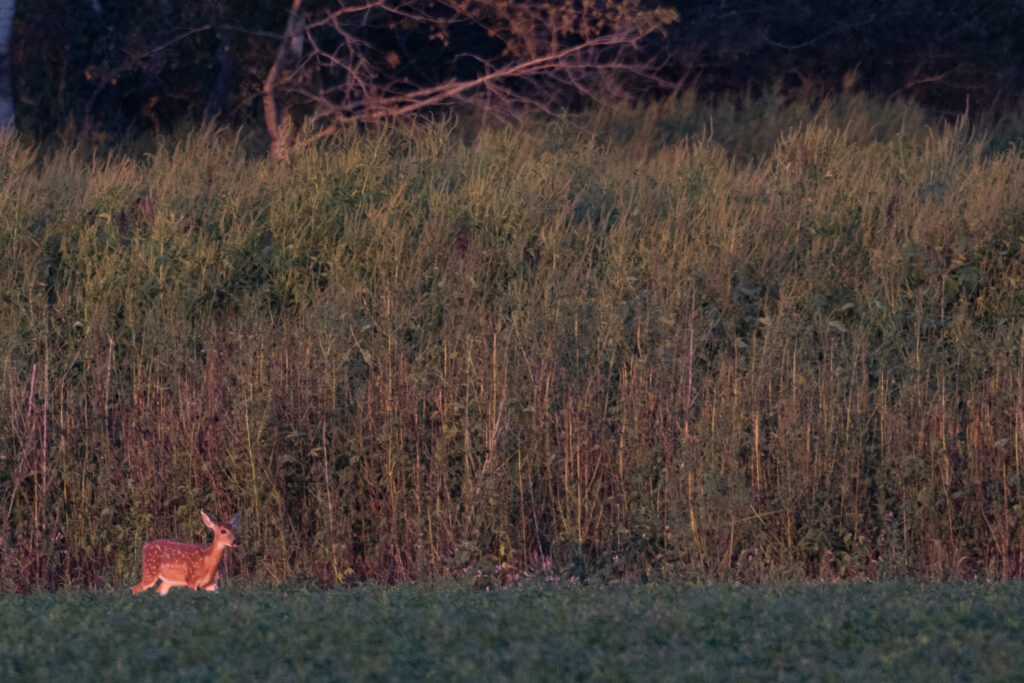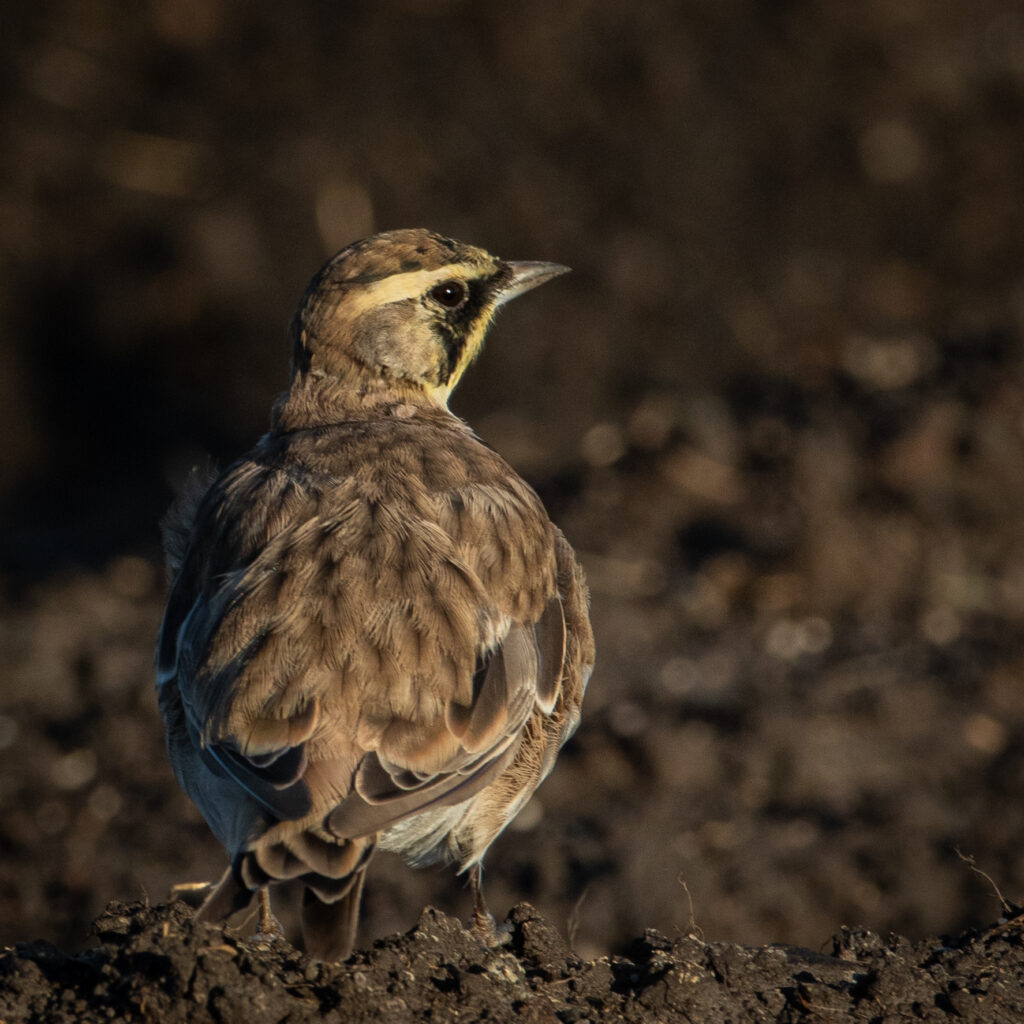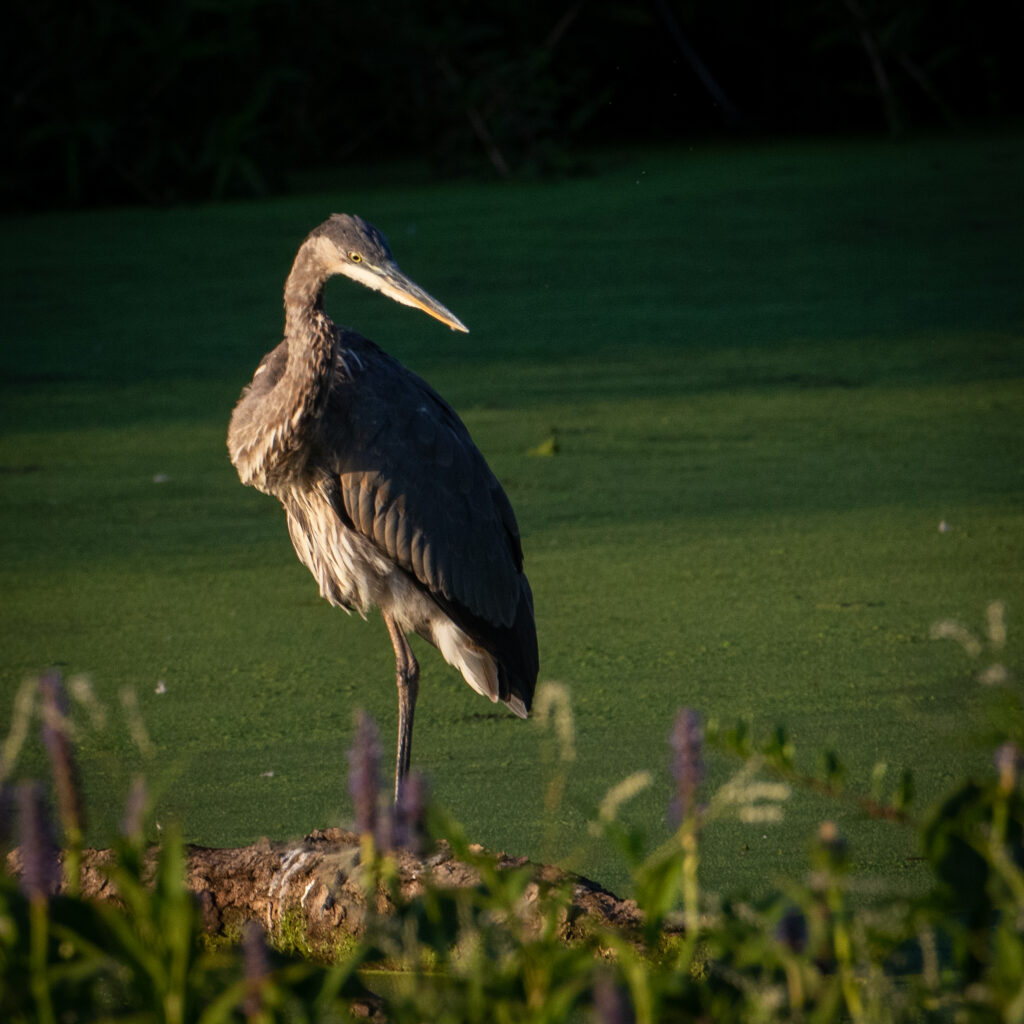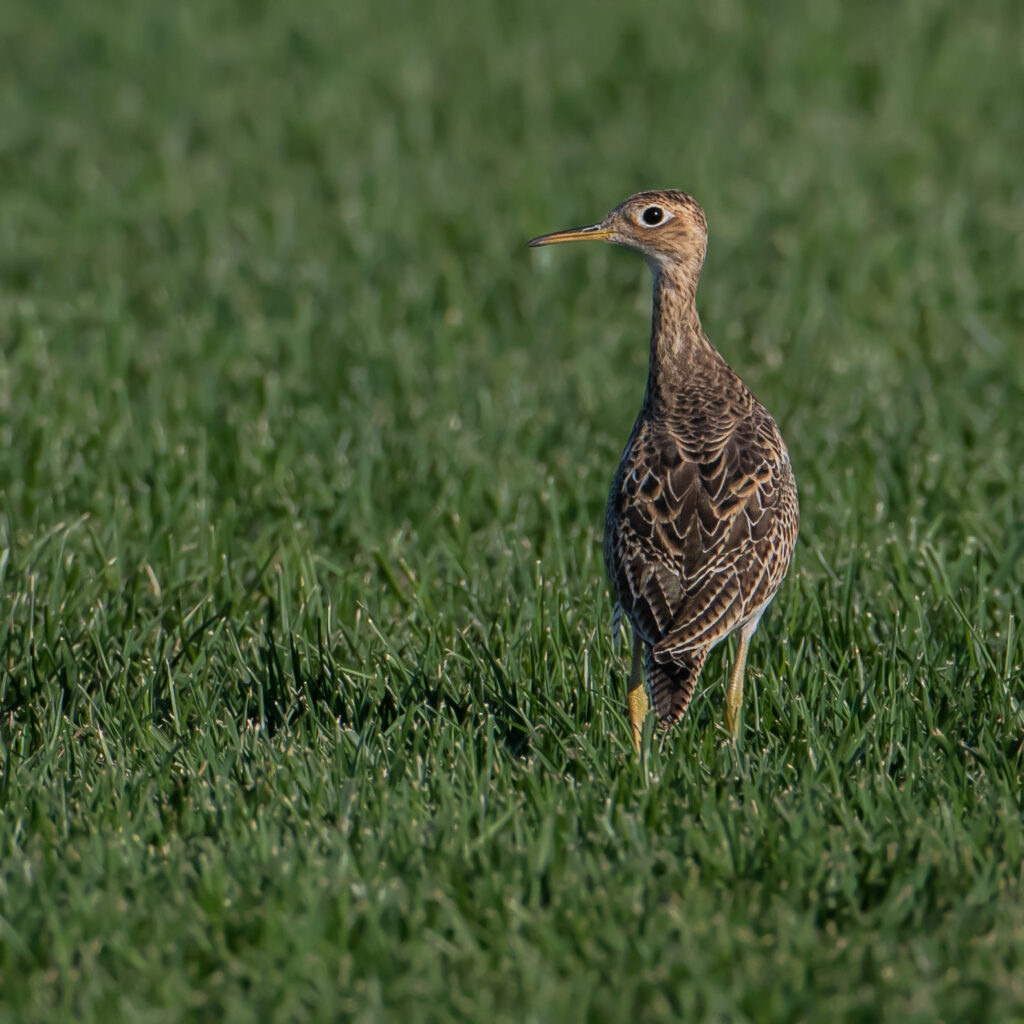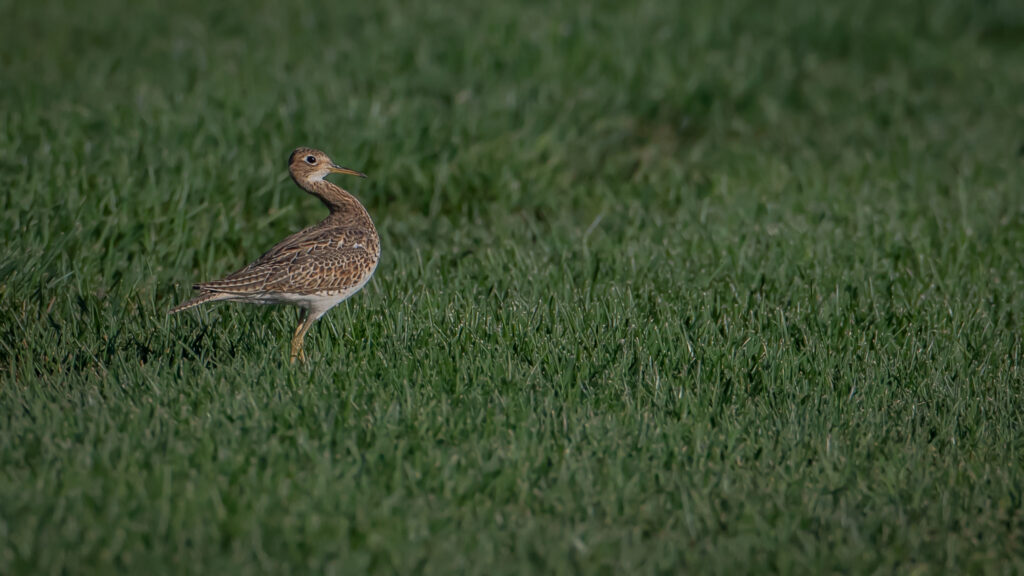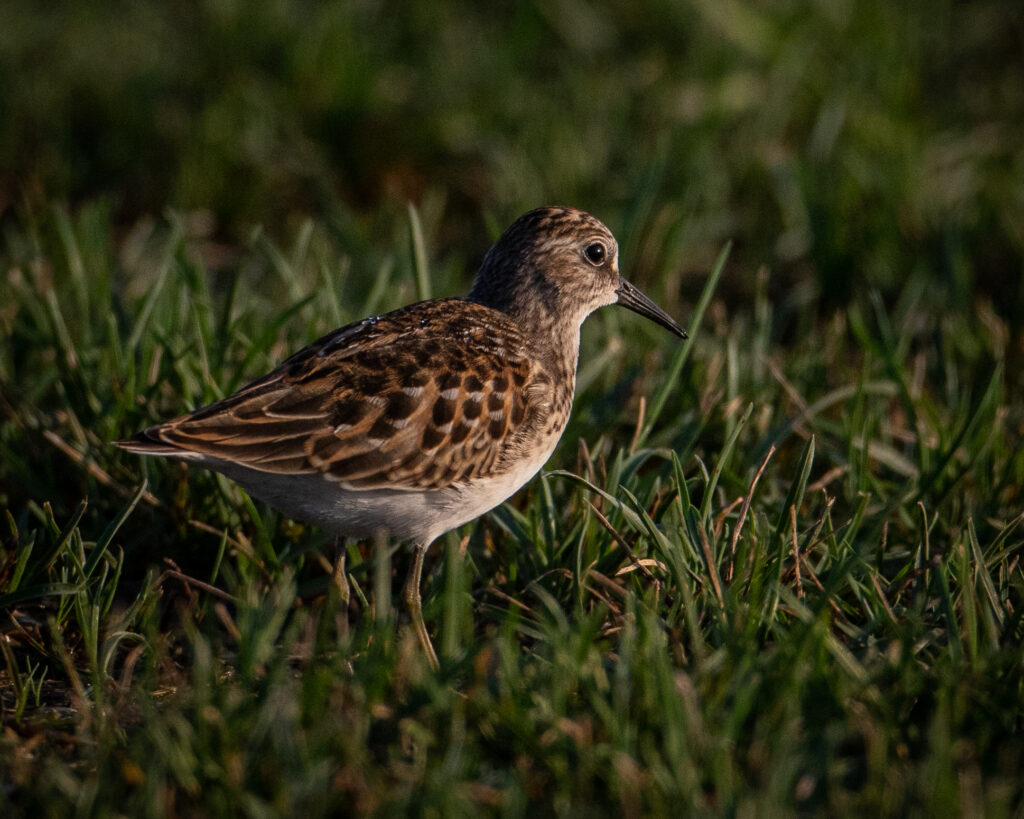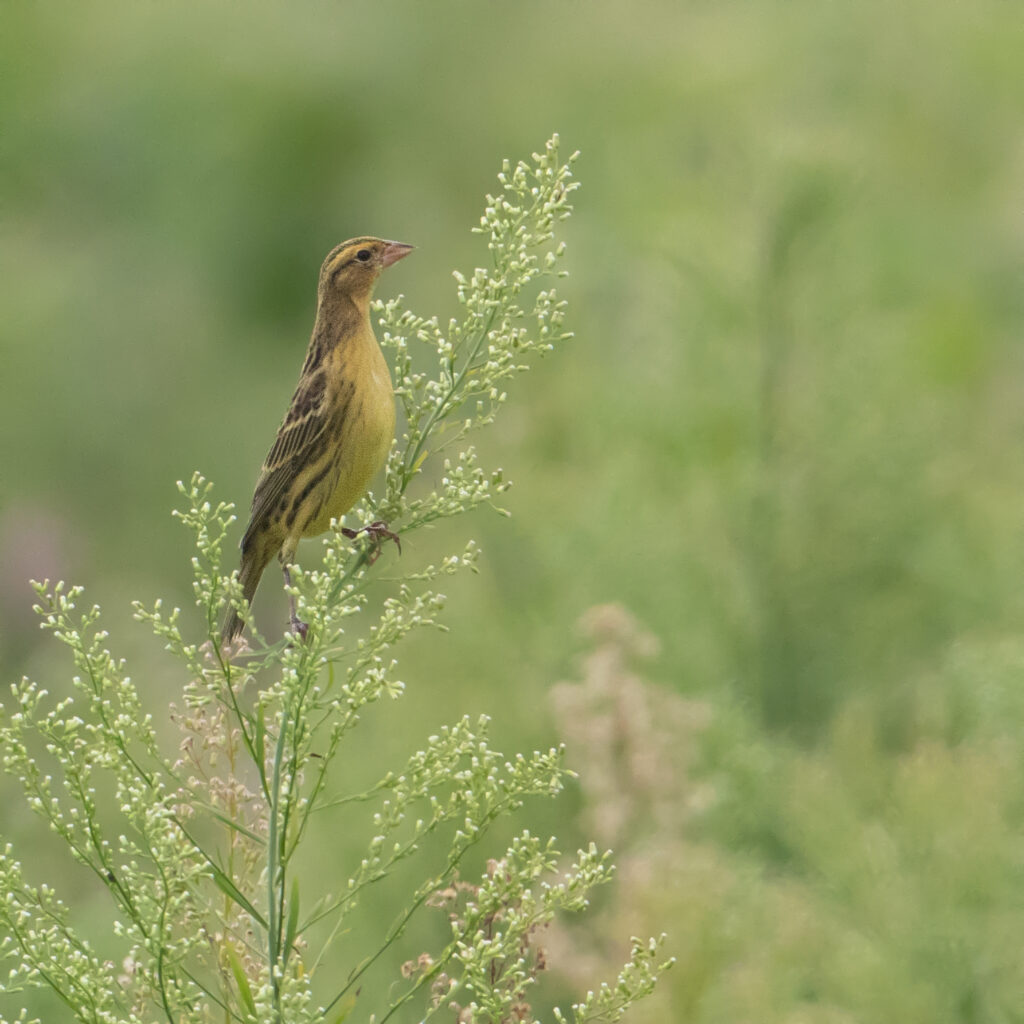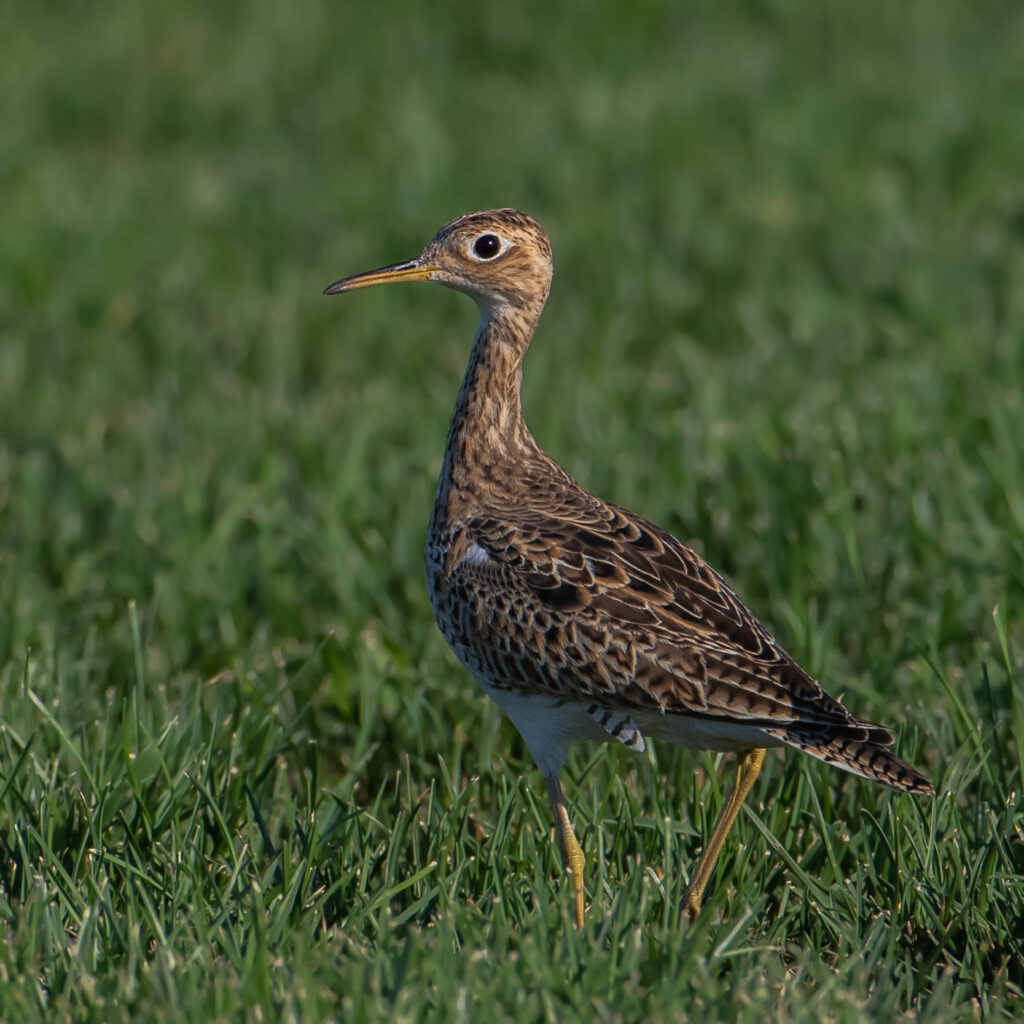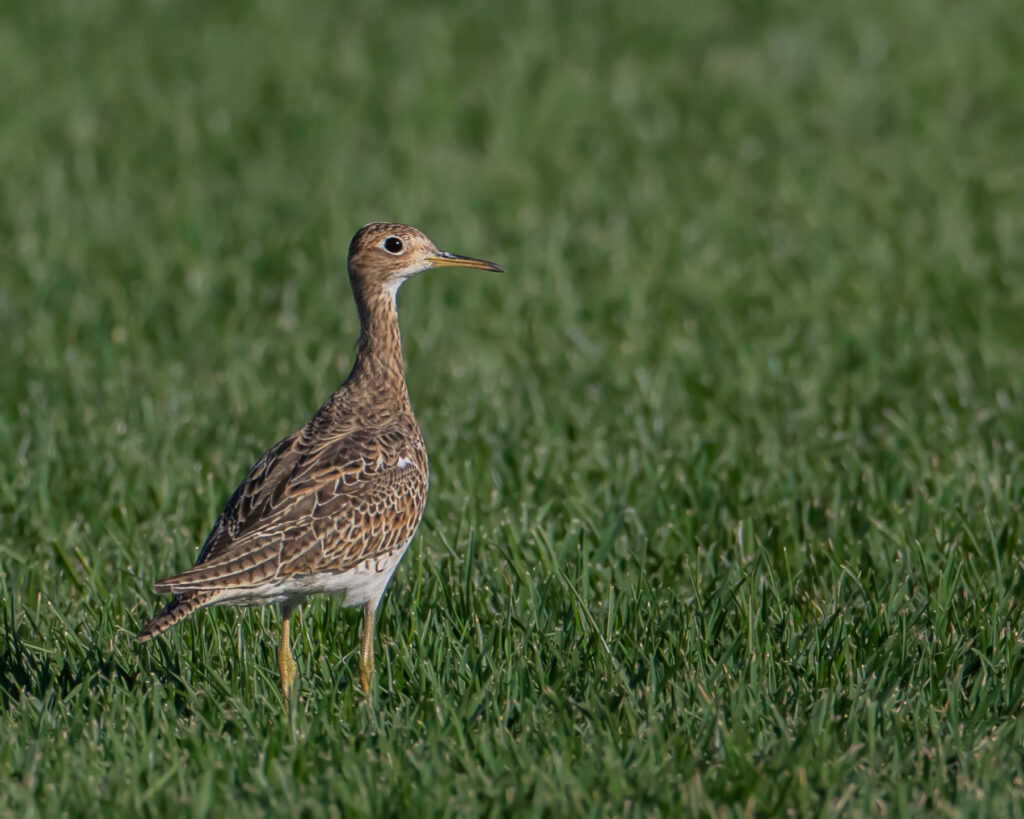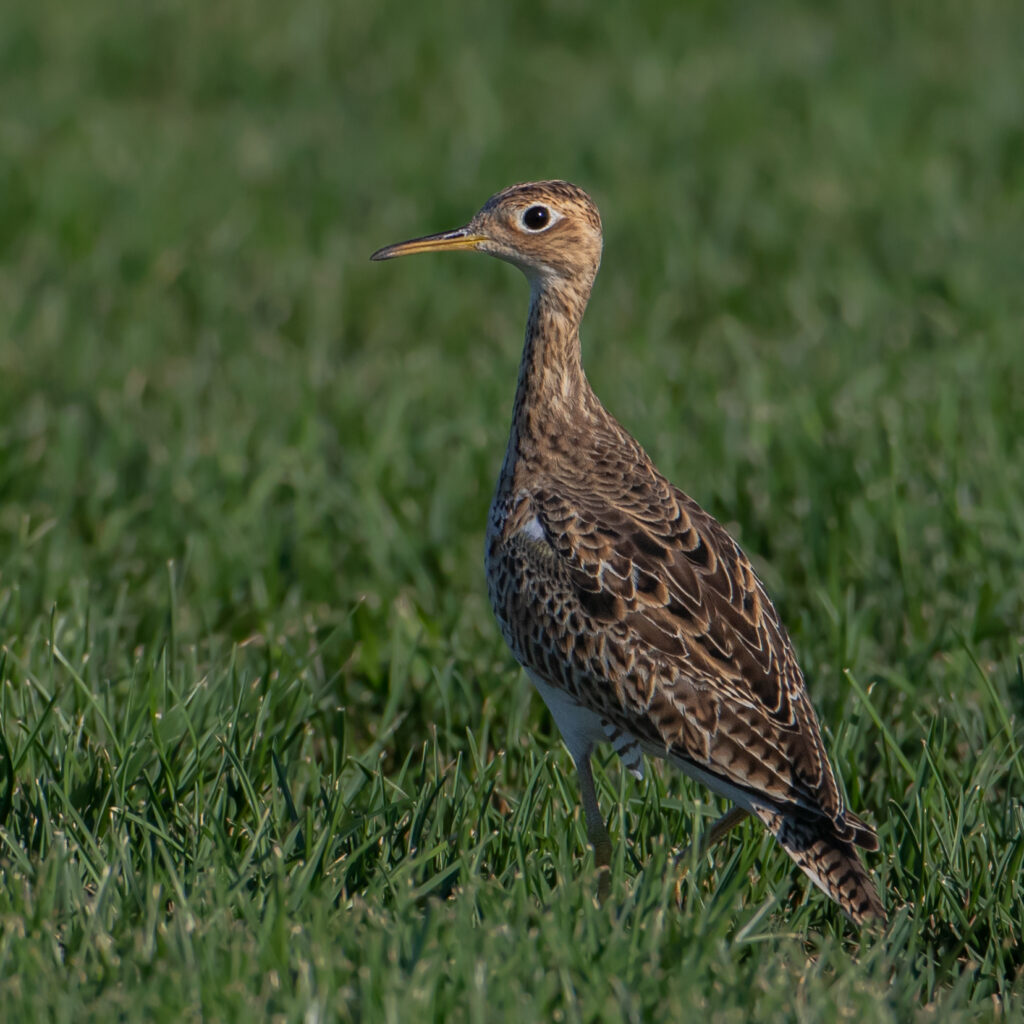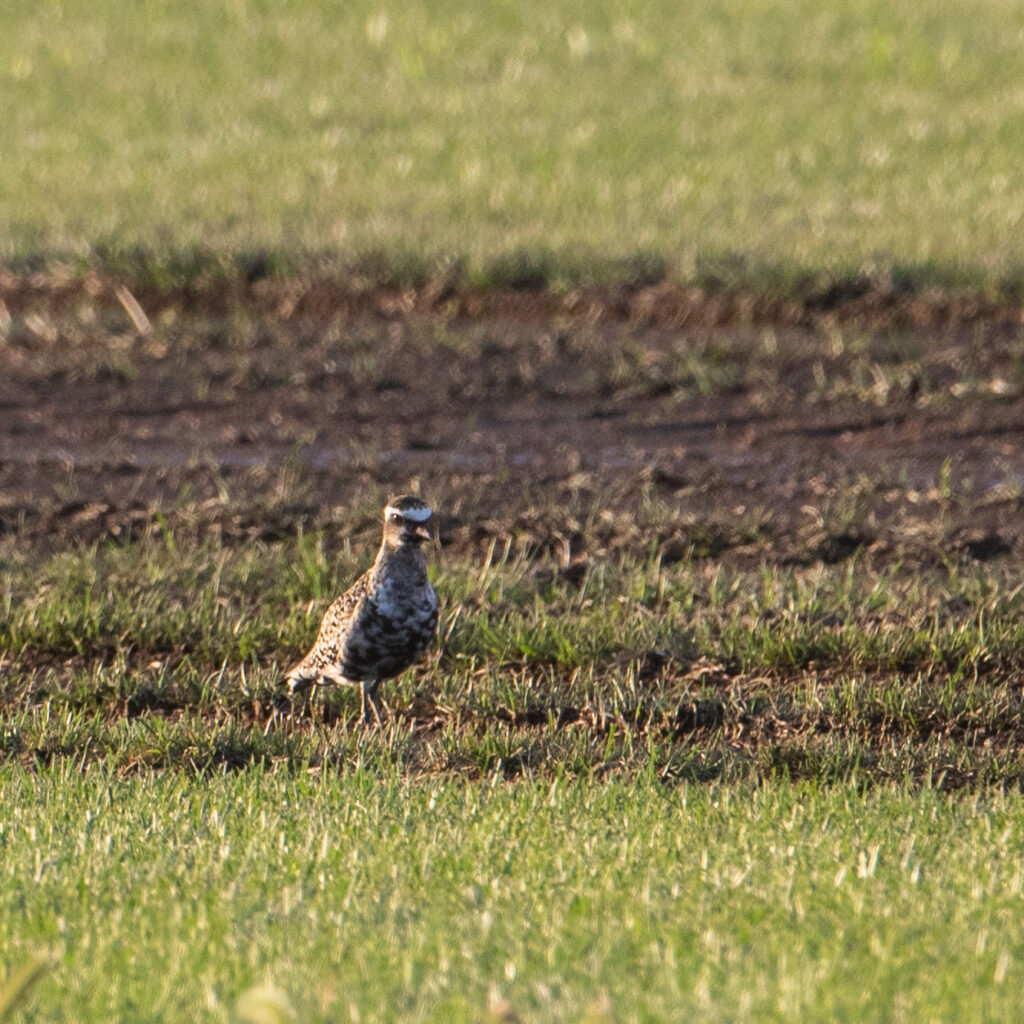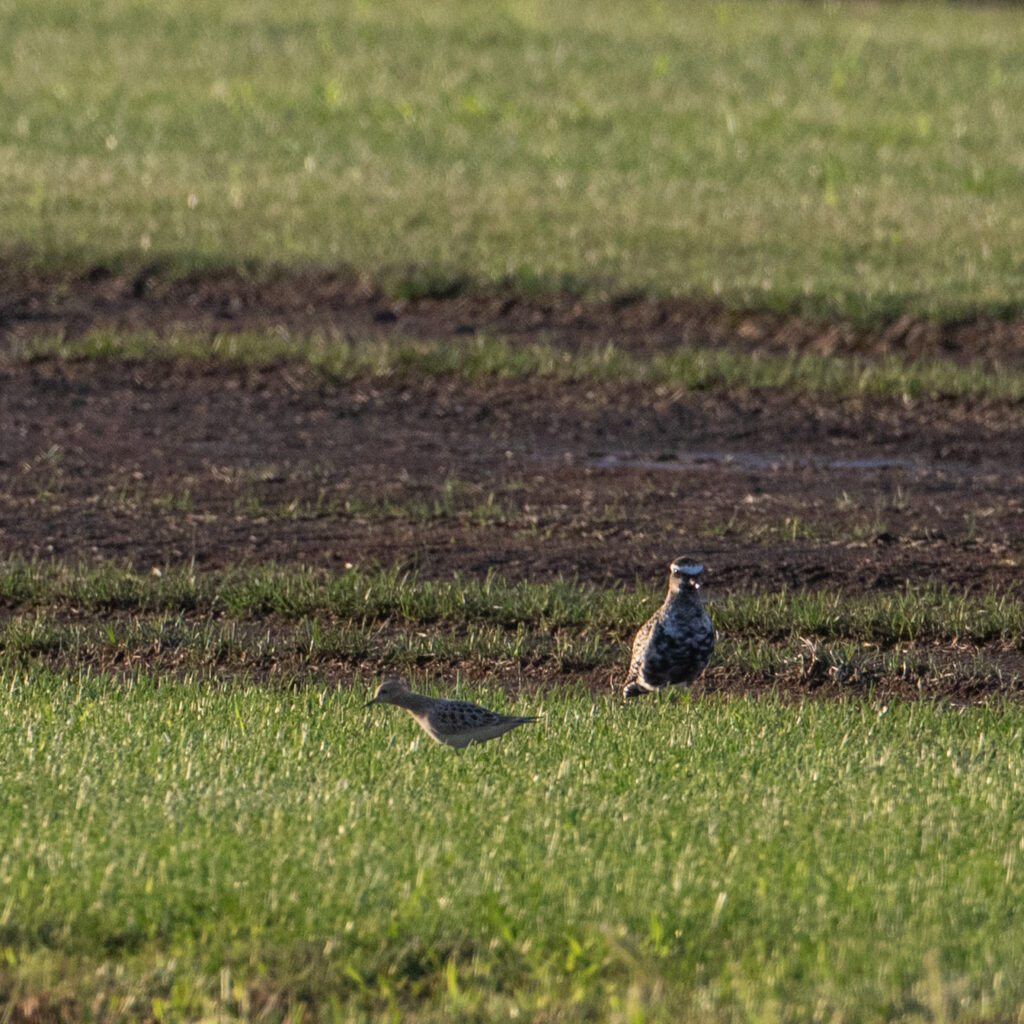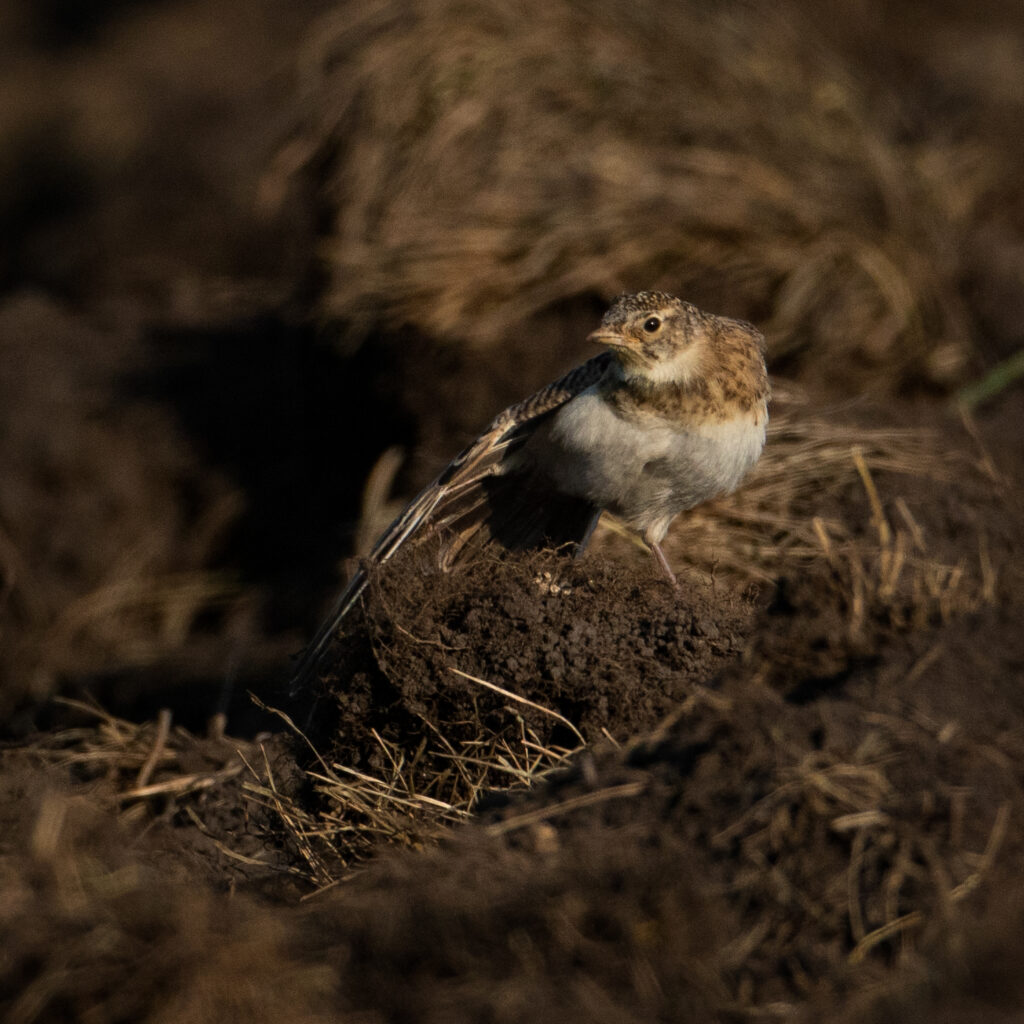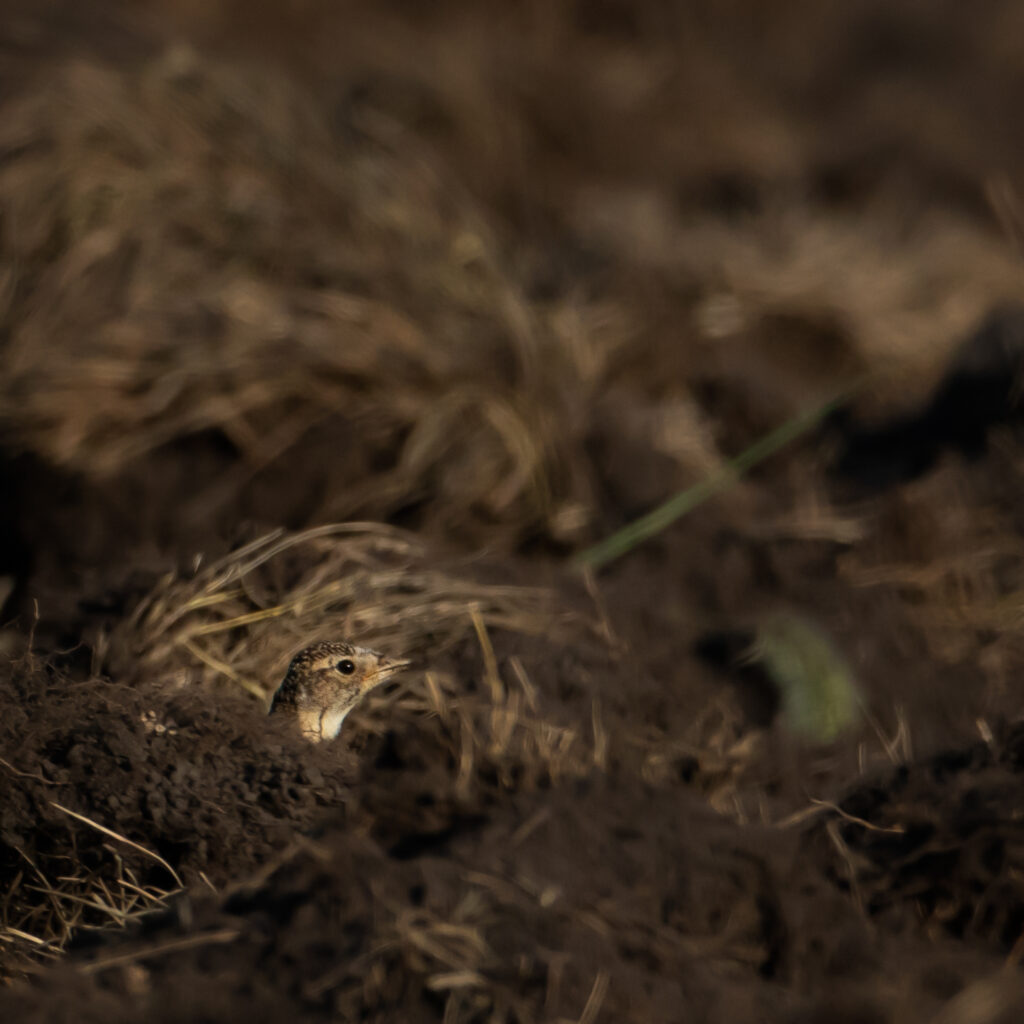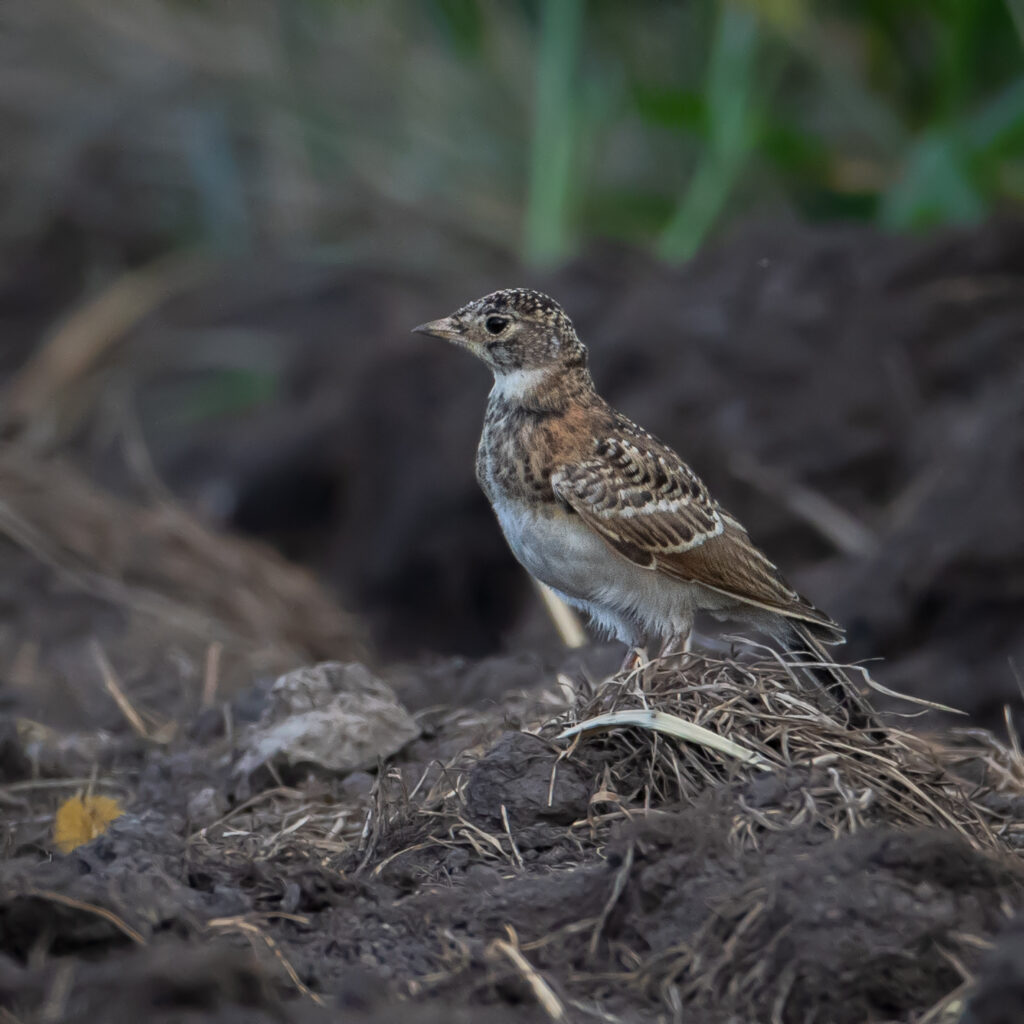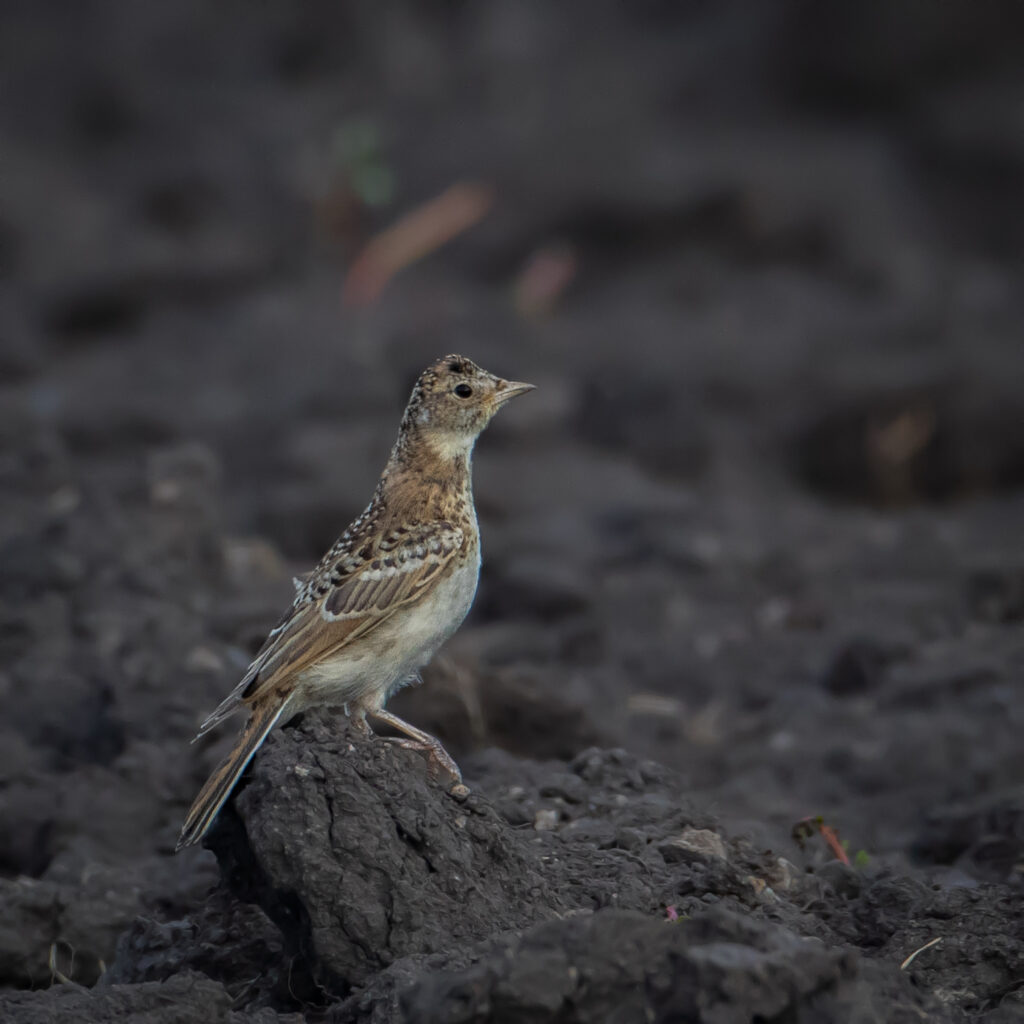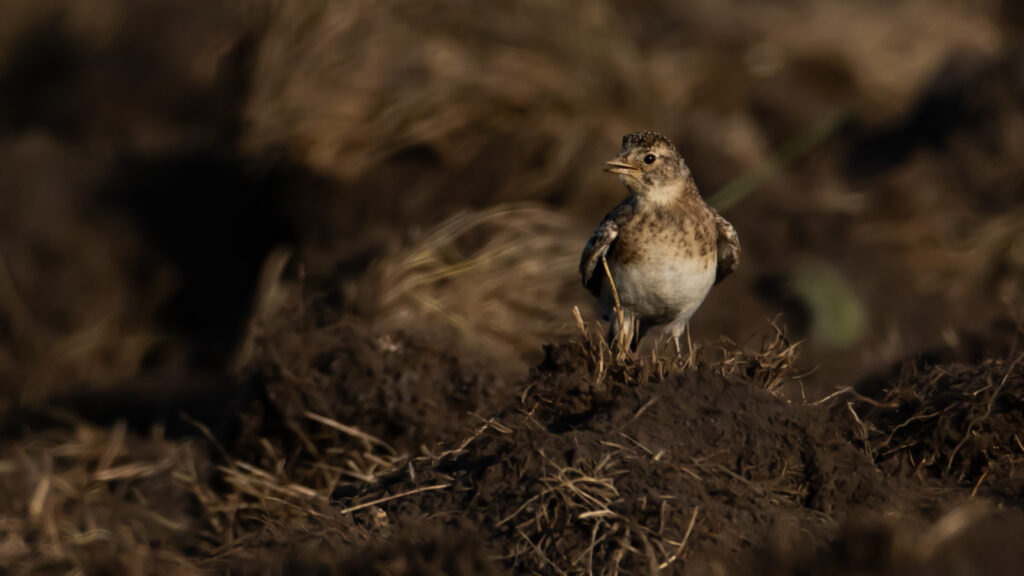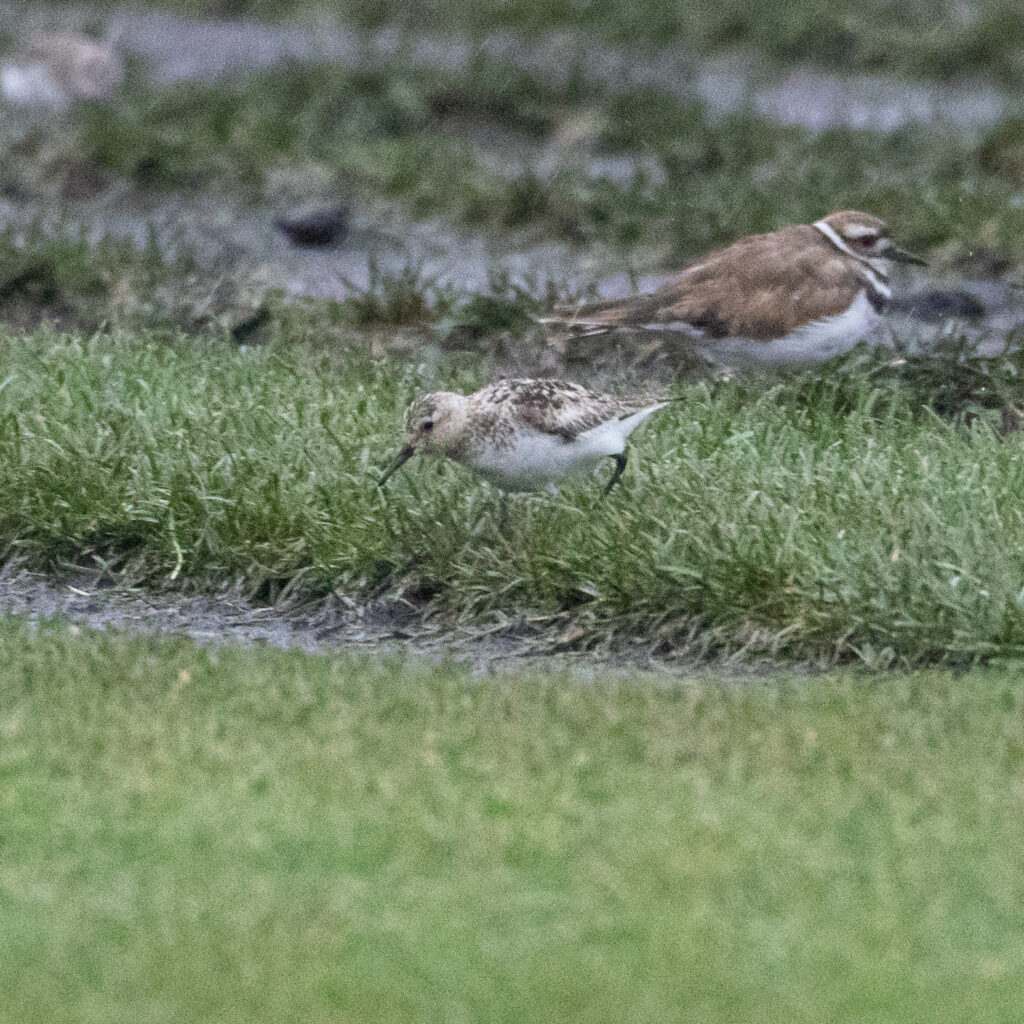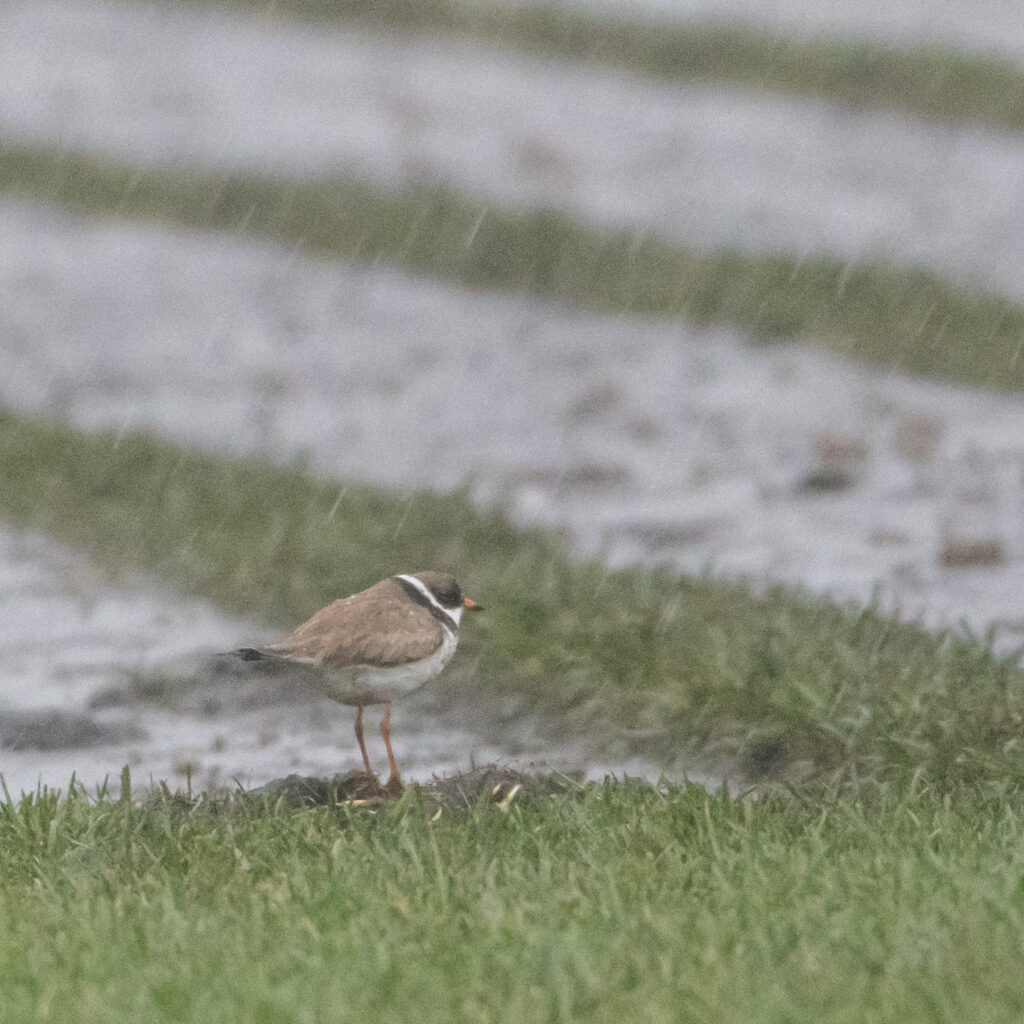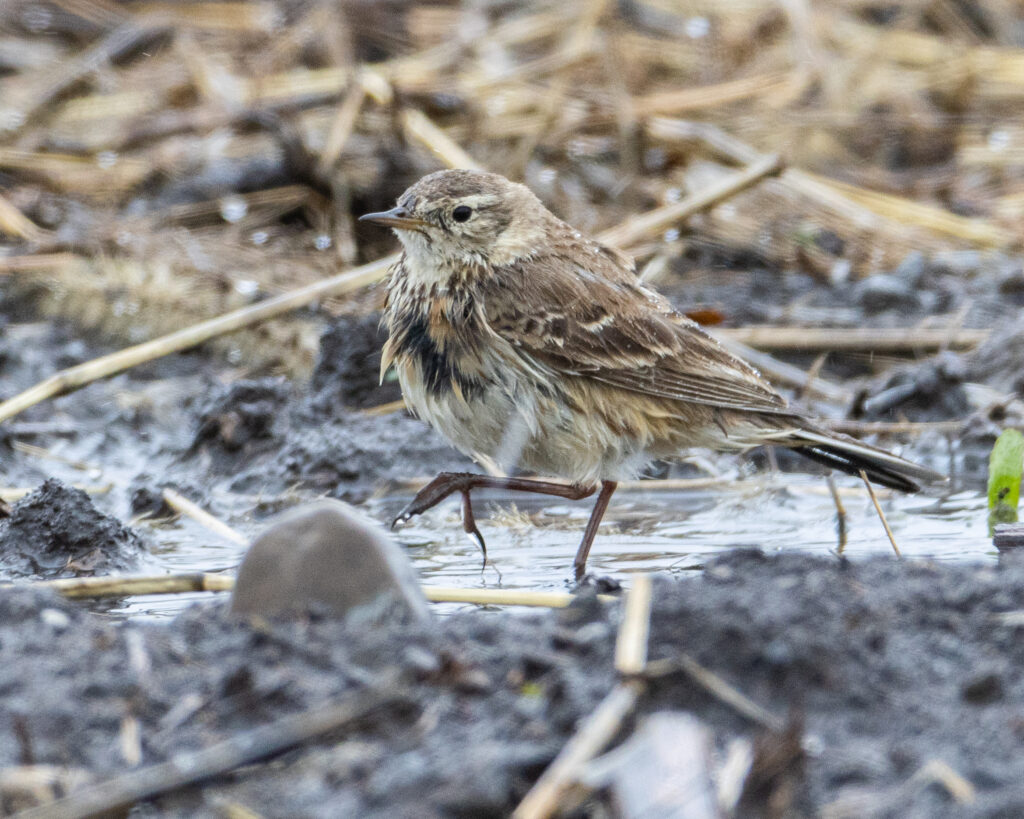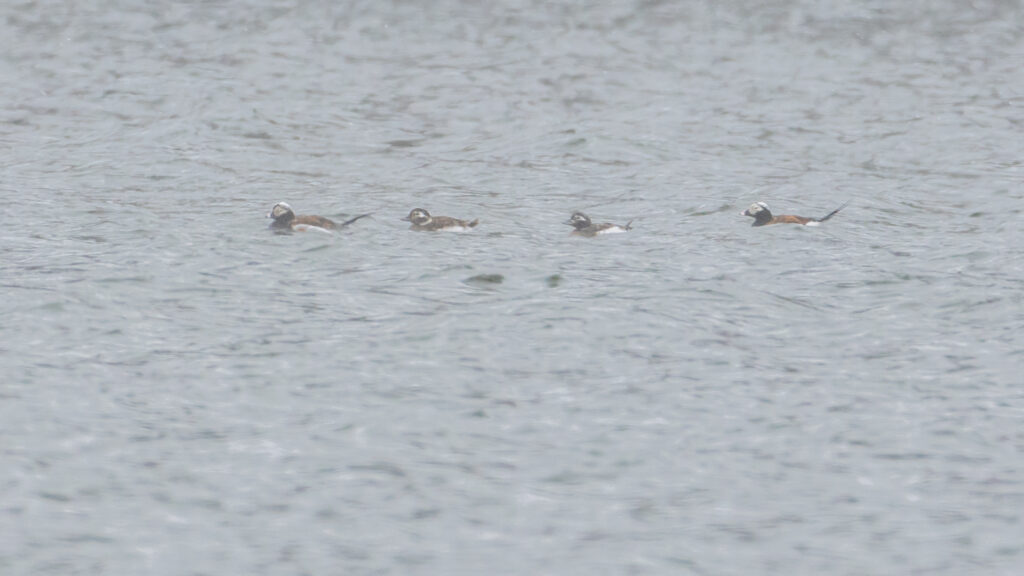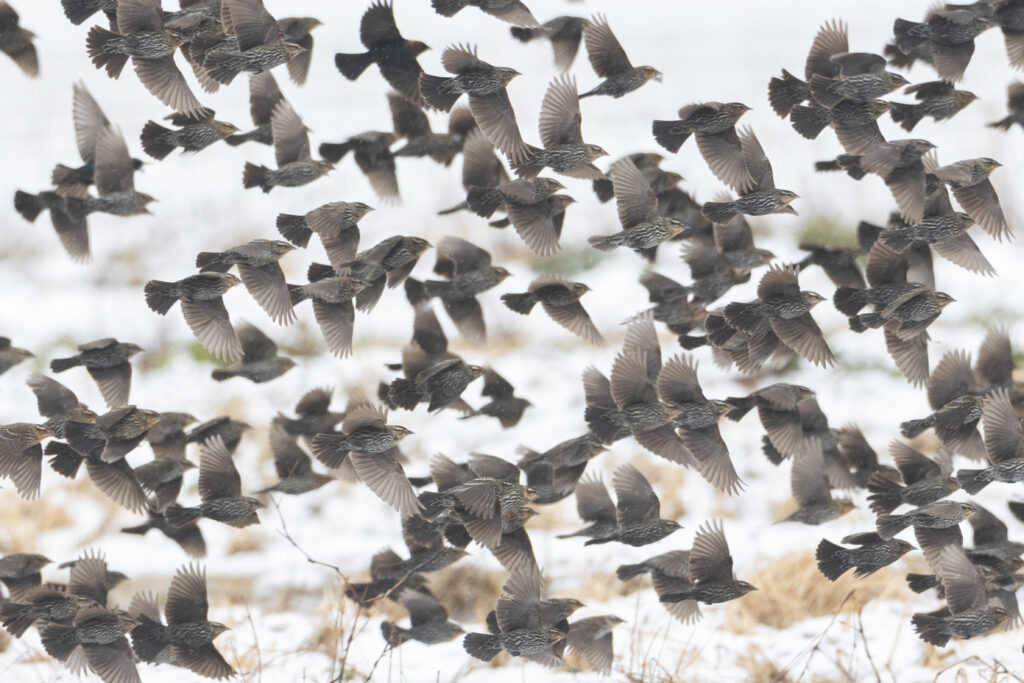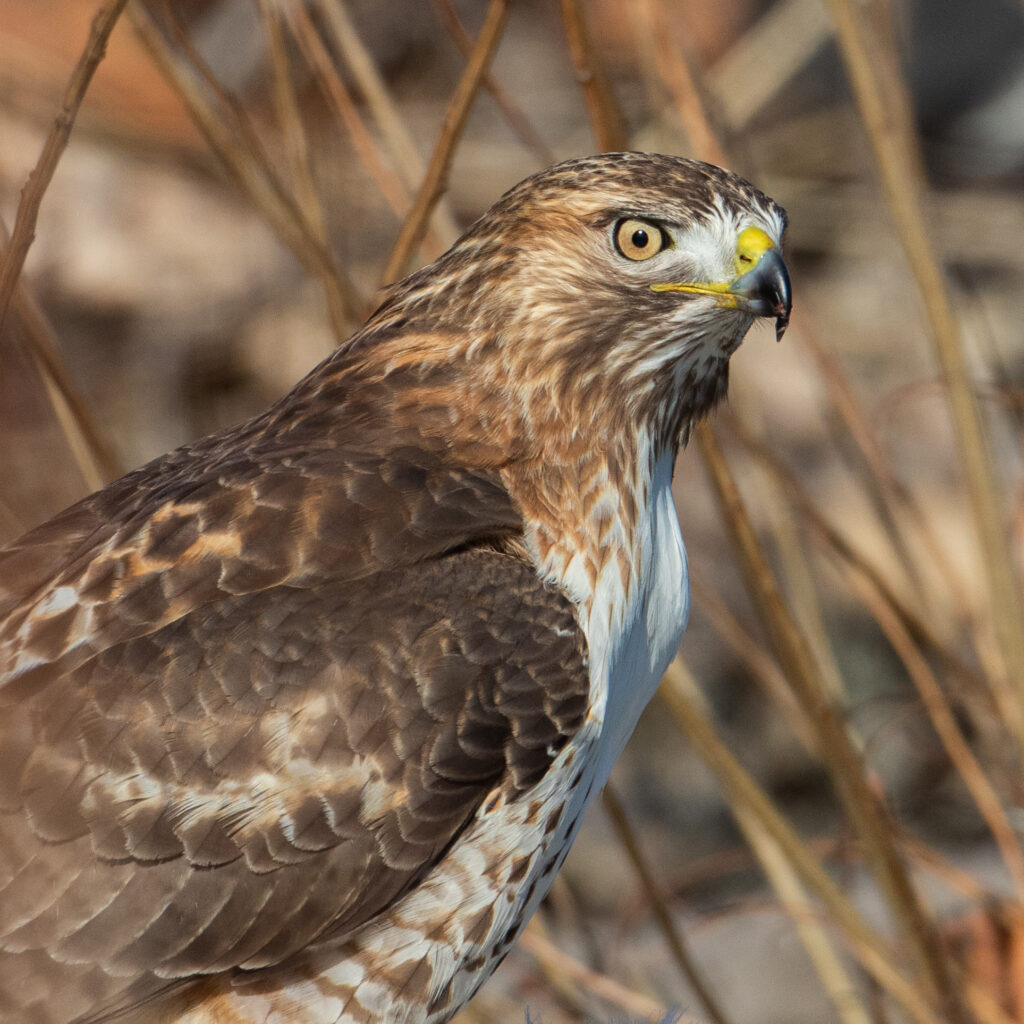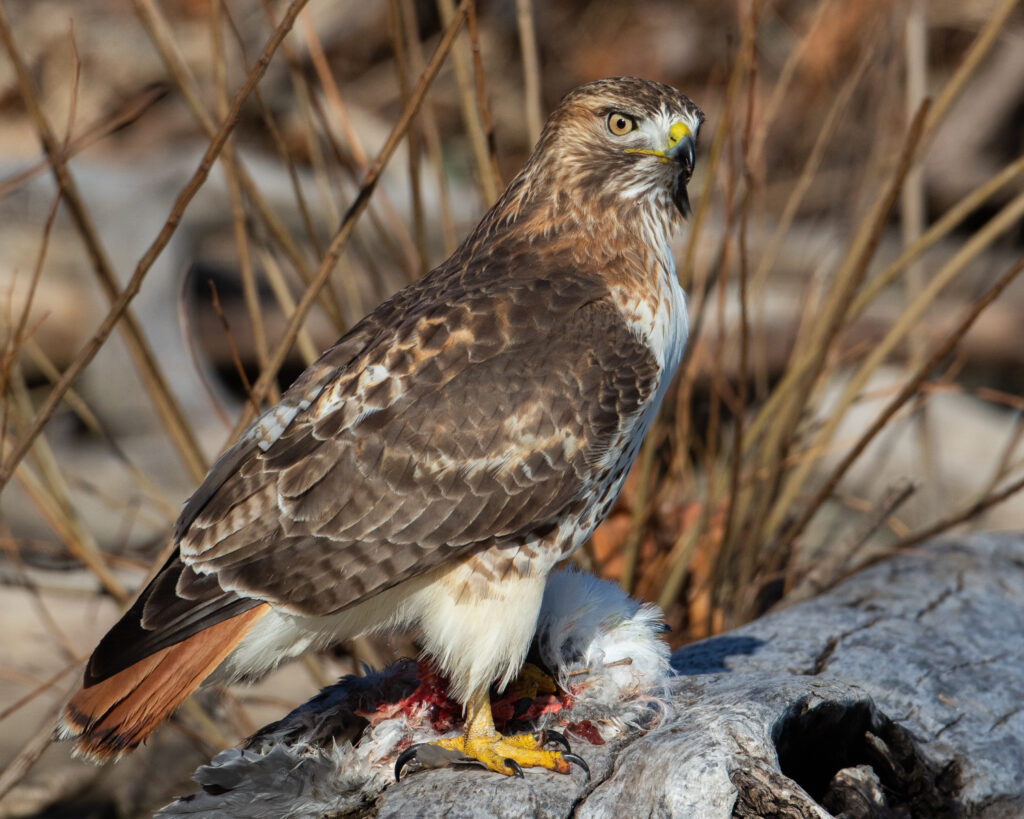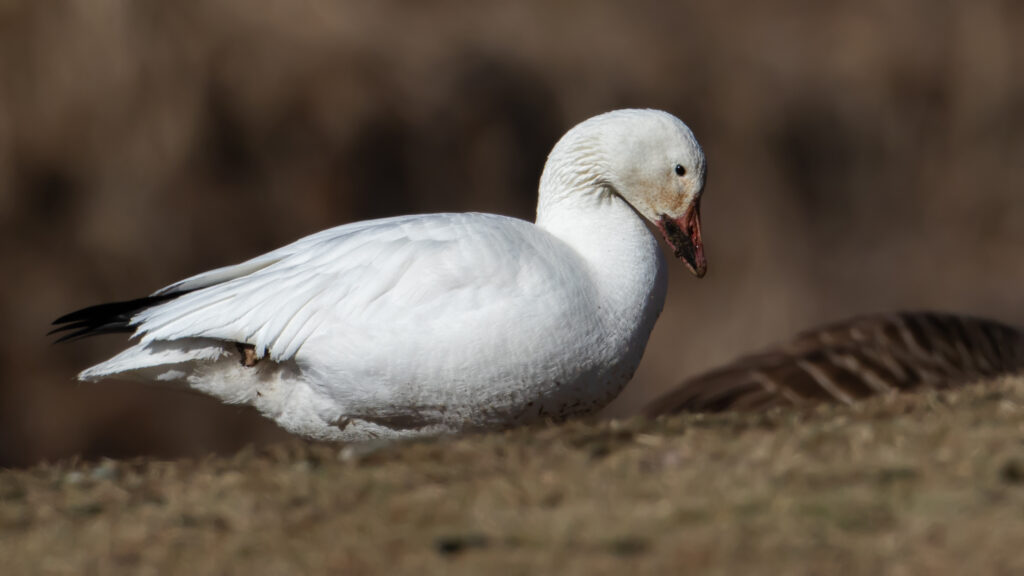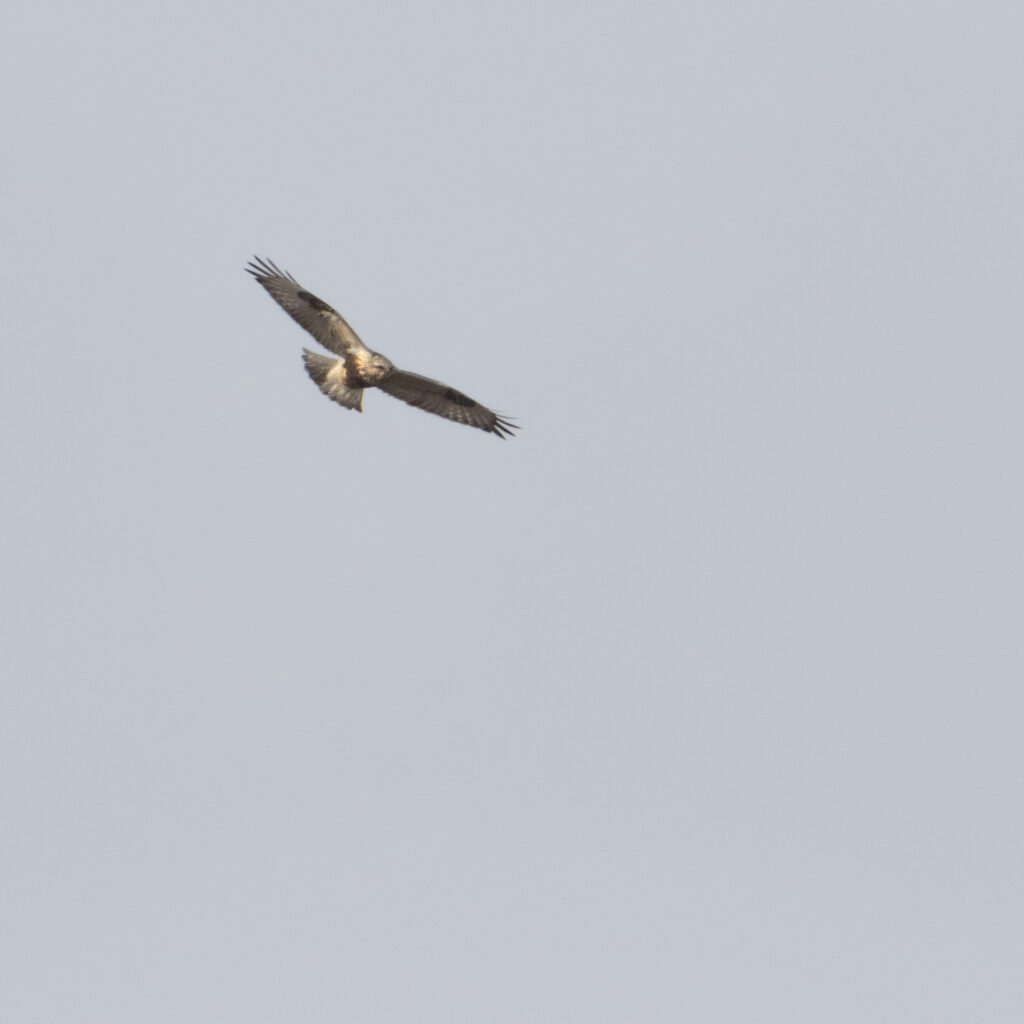On Saturday I participated in the Christmas Bird Count for the first time ever. I joined Jodi Brodsky and birded the Newburgh Waterfront for the full day. With some key contributions from Bruce Nott, we had a total of 48 species. I’m not sure how that measures up to previous years, but I thought it was pretty good. The best bird for Jodi and I was a Great Cormorant. Thanks to Jodi for inviting me, she was a pleasure to bird with, and it was nice to do some birding with a purpose – it’s pretty rewarding.
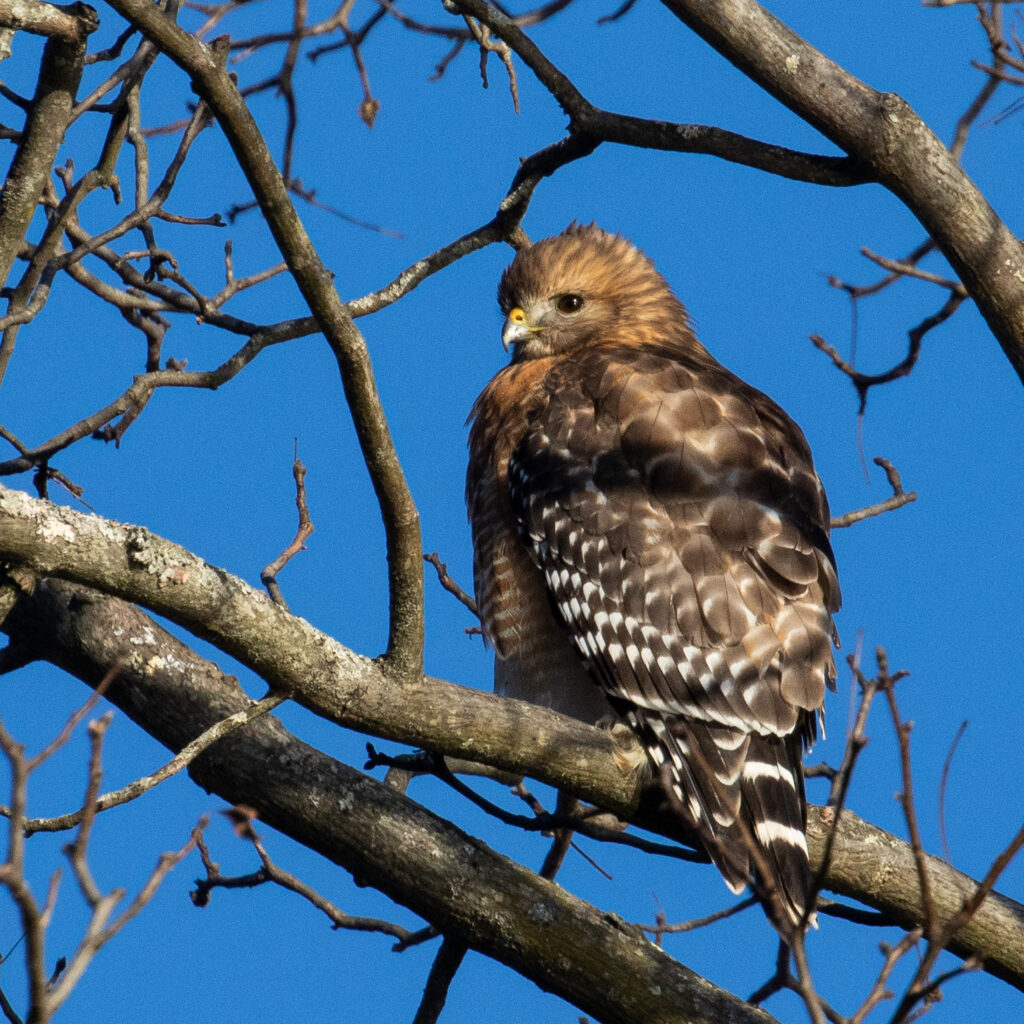
Today I hit a lot of my usual Orange County spots and got a lot of the usuals. Then I got word from Bruce that he had the Orange-crowned Warbler at the Newburgh Waterfront. I ran for the bird, and it stuck around for me – I’ve included a documentary shot of the bird at the bottom of this post. Later in the day, when I was home with a cat on my lap and my feet up, Silas Wareham contacted me. He had two ROSS’S GEESE in the Black Dirt Region. I ran for the birds and joined Silas and Linda Scrima who were on the birds when I arrived. It’s an interesting couple of geese – there is a fairly obvious size difference between the two, but I believe that can be attributed to sexual dimorphism. I will be reporting both of these birds as Ross’s, and we will see if the report is accepted.
